The Legend of Zelda: The Wind Waker (Nintendo GameCube on Switch 2Review)
August 14, 2025 Leave a comment
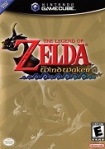 The Legend of Zelda: The Wind
Waker
The Legend of Zelda: The Wind
Waker
Platform: Nintendo GameCube
Released
December 13, 2002 (Japan) March 23, 2003 (US)
Directed by Eiji
Aonuma
Developed by Nintendo
Available with
Switch Online Expansion Pack EXCLUSIVELY on Switch 2
Listing at
Zelda Wiki
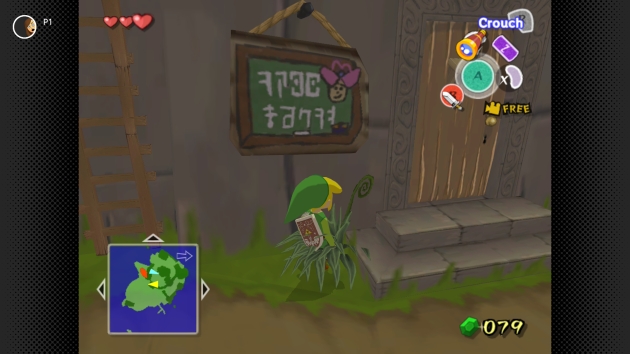
I had my family convinced that was my mascot. They were VERY impressed, until I couldnt stop giggling and they realized I was having fun. Ive been bitching this whole time about how it wouldnt have killed them to fix this stuff and you think they went in and put Sweetie in a 2003 video game?
Dear Nintendo fans: please put down your pitchforks and torches and rest assured Im giving Wind Waker a YES! When its fun, its really fun. Okay?
Im trying to preemptively calm down the superfans so that, when I say I seem to remember Wind Waker being better than it actually is they dont tar and feather me. I like it. Its fun. Its just far from perfect. Its definitely a noteworthy release, as Wind Waker ended up with more perfect scores than Nadia Comăneci (I promise you, thats A LOT of perfect scores), including the fourth ever perfect score from Famitsu. Its also probably Nintendos most controversial game ever, at least pre-release. For my younger fans who have no clue what Im talking about, everything Im about to tell you, as stupid and trivial as it sounds, I promise you is 100% real. It all started when the Nintendo GameCubes graphics technology was first shown off in August of 2000 at an event called Space World. This sizzle reel included a very brief clip of Link fighting Ganon that looked like the logical evolution of the graphical style seen in Ocarina of Time and Majoras Mask.
These days, we dismissively call a lot of games tech demos but what youre seeing above is a legitimate industry tech demo, and nothing more. It wasnt an announcement of a new Zelda game. It wasnt even a real video game. It was a pre-rendered example of what graphics on GameCube would look like, but it got fans excited. I had just turned 11 the previous month and I was one of them. Ocarina of Time was one of my favorite games. In fact, I loved OOT so much that I was begging my parents to let me import a copy of Majoras Mask from Japan because the thought of waiting six extra months to play it was agonizing (Majoras Mask came out in April, 2000 in Japan and October, 2000 in the US). They said no, by the way. I was spoiled, but not to the point that they gave into my every whim. They wanted to teach me patience, but I think they just didnt love me enough. (sniffle) Anyway, when I saw the Space World footage, I was chomping at the bit just like everyone else. Sure, I thought the GameCube was f*cking dumb looking, and I still do. Sorry, Nintendo fans. And then there was Nintendos decision not to use DVDs and instead go with these little baby-sized optic discs. Youd swear Nintendo had entered into some kind of Brewsters Millions-like lose money deliberately pact. You think Im joking. Im not. At 2001s Space World event, the first OFFICIAL trailer for the next Zelda game was shown. Did they announce a new Zelda game that looks like the tech demo above? Nope. They showed the world this trailer:
And the gaming community lost its f*cking mind. Infamously, the above trailer was mockingly called Cel-Da because it was one of the first games to use the new-at-the-time (well, to gaming at least) cel shading technique. I wasnt one of the angry people. I was more baffled than anything else. The GameCube already looked so damn weird compared to the PS2 or the newly announced Microsoft Xbox, which also looked kind of dorky itself but the graphics and tech and the emphasis on out of the box online play (which didnt end up happening until a year after it launched) was enough to get anyone hyped. My reaction to the above trailer was jeez, Nintendo just has to be weird, dont they? The whole thing made it feel like they were pissy that theyd lost industrial leadership to Sony and their response was to lean even heavier into changing their core franchises. The big three for GameCube turned Metroid from a 2D Japanese game into a first person shooter developed by an American company, sent Mario on a quest to clean up toxic waste with a giant hose strapped to his back, and turned Zelda into a cartoon. Everyone groaned, then all three games turned out to be REALLY fun anyway. Its almost like Nintendo is good at this game making thing. But in 2001? It kind of felt like they were self-destructing out of sheer spite.
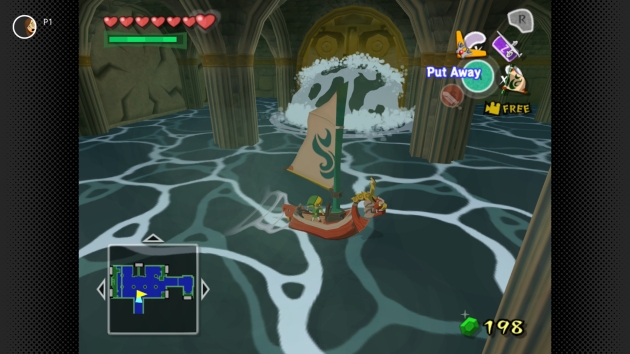
The Great Sea and the sailing mechanics were part of the plan long before Wind Waker utilized cel-shading. I cant help but wonder if they switched the art style out of fear that previous experiences with water in a certain Ocarina of Time dungeon, ahem, traumatized their users.
Again, I wasnt among the people who were angry, but I do admit it sucked the hype out of me to some degree. As a 12 to 13 year old kid, I wasnt anti-cel shading, but it sure didnt get me excited, either. Not like I had been for Majoras Mask. Then I actually played the game, and now I kind of wish they did more games that look like this. I mean, ones that dont see you controlling Link with a touch screen and a stylus. I think blowback on Wind Waker (hah, no pun intended) is the reason why cel-shading isnt more common today, and Ill never forgive the crybabies over it because I love cel-shading today. Too many games look samey, but cel-shaded graphics allow more personality and individualism without that creepy uncanny valley vibe that trying for realistic graphics causes. Imagine what a Zelda game developed from scratch using this style of art could look like today. Also, cel-shaded graphics hold up better to the ravages of time, which is why Wind Waker looks great for its age. The puzzle solving and combat holds up too, which is why it pains me to say that I had less fun than I figured I would have playing Wind Waker in 2025. I remembered it as my absolute favorite Zelda game. I certainly would not grant it that title today.
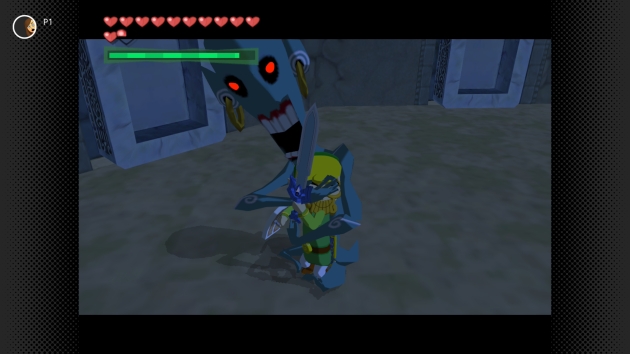
Its okay, fanboys. Well get through this! Look at how much that Re-Dead loves Link! I love you THAT much!
And its not that I remembered Wind Waker as a flawless experience. I specifically remember being annoyed as a kid about how long it takes for the game to feel like it gets going. More specifically, I remember being so bored playing the Forsaken Fortress sequence that I was legitimately worried that the game would be no good. The structure of it doesnt work at all, as youre introduced to the sword, have to train with the old man using it, rescue Tetra from Bokoblins, leave on a pirate ship to the Fortress, train on swinging mechanics in the pirate ship, and after all that, the game has you drop your sword and play poorly-designed, sloppily implemented stealth mechanics that cause the game to slow to a crawl if that crawl was done by someone who had both hands freshly severed.
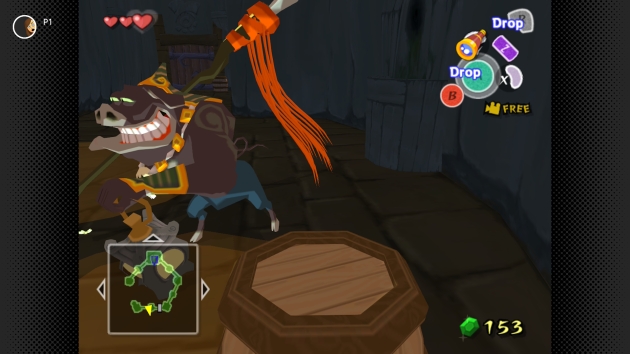
I think Wind Waker has the new record for the amount of times I said what were they thinking? about any one game. I know that I keep finding new record holders for that, but I expect Wind Waker to hold the record for a while. Sorry StarTropics, but youre no longer the absolute stupidest good game ever made. Wind Waker is stupid to the point of being in a vegetative state, and not just at the start of the game. For all its virtues, Wind Waker is practically a parade of baffling, nonsensical design and/or outright bad ideas. Ignore how bad the stealth mechanics work: this whole level is BORING. Dull level layout, too.
I remembered ALL of that, and it was just as miserable to play in 2025 as it was in 2003. But, what I didnt remember is that, even after suffering through all that, you still havent opened up the game and arent free to explore the Great Sea. When you sail, youre given very strict limitations on where you can go, and youre given the bums rush to Dragon Roost Island for the first proper level in the game, then the bums rush to the Forbidden Woods to play the second proper level in the game, and then the game tucks you in at night and reads you a bedtime story, and THEN you get to go out in to the world and explore. I often roll my eyes at people who whine about how games hold your hands too tight these days, but in retrospect, Wind Waker holds your hand until your hand is purple and has that annoying pins and needles feeling.
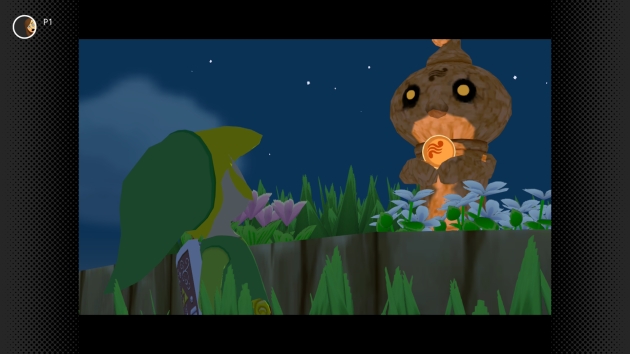
The whole sequence of getting the third and final pearl and opening up the Tower of the Gods is a massive letdown. Would an actual level for the third pearl have really been asking too much?
Annoyingly, after you do this, theres only really three normal dungeons left in the entire game. Oh, theres still lots to do, including a ton of repetitive dungeons full of monsters that you clear out one room at a time with no puzzles or brain power needed sequences. But the satisfying dungeons? Theres five. Hope you like them, because when theyre done, the peak fun is done too. Plus, your wallet is capped at a pitiful 200 bucks, which I had maxed out before I even reached the first proper dungeon with NOTHING to spend my money on. I found myself buying everything I could and still maxing-out my wallet in record time. They later increased the starting wallet capacity to 500 on Wii U, but again, that doesnt help me or anyone playing on our Switch 2. Besides, I would have capped out the 500 starting wallet in just a few more minutes, anyway. You have to wait until later to increase to the 1,000 and 5,000 wallets, and that wait is maddening. I dare say they should have just started the game with the full 5,000 capacity or even higher. But that leads to an even bigger problem: Rupees are too abundant in Wind Waker while things to do with those rupees, well, arent.

These all went to waste. If this were real life, itd be all the eShop sales where I loaded up on games that I never even boot up. I used to make fun of people who watched QVC or Home Shopping Network and ordered sh*t from home. Then I became old enough to have my own credit cards right around the time game consoles started having shops built right into them. I assure you, Im ashamed of myself. Oh, Im still going to keep buying games I never play and justifying it by saying Im supporting devs.
Sail between any two islands and youre bound to see enough light rings to dredge-up hundreds of bucks. Its a mechanic that should have been killed on the drawing board and seems to only be there in order to make sure players are educated on how to use the grappling hook for the tedious task of fishing out the booty of forty-one treasure charts, eight Triforce pieces, the rewards from slaying six giant squids, and spoils of two specific warships out of dozens upon dozens in the Great Sea, both of which are located in arbitrary places, one of which leaves a Triforce Chart and one of which has a Piece of Heart. I was stunned to find out, just now, that 148 of the light rings are actually in preset locations and dont come back. Because literally every trip between islands, it felt like I was passing by and hoisting up anywhere between two to six or seven new ones in each sector, every single time. A few of the ones at night respawn during full moons, but if theres anything special about them, I never noticed. Except for the light rings caused by slaying giant squids or two specific warships, they always had either 20 or 50 bucks in them. In a game where you get money and supplies just for cutting grass, the light rings steal the uniqueness of the treasure charts. Theres just too much stuff to pull up from the ocean floor.

I only have one verified phobia: thalassophobia, or fear of open water which, despite being one of the most common phobias, the science is still out on. Theres multiple theories on it, the most common of which speculates that its likely connected to a broader fear of the unknown thats the root of many phobias. The theory goes that, since you cant visualize something unknown, our brains will latch onto the closest approximation of something we associate with the unknown as a visual reference and then install an intense sense of fear in it regardless of risk or rationality. For some people, that will create their fear of the dark, or others fear of strangers. For those with thalassophobia, its theorized that, thanks to folklore and religious iconography (like Noahs Ark), history (like the sinking of the Titanic), urban legends (like the Bermuda Triangle) and pop culture (like Jaws) even those who arent close to an ocean or have no reason to fear water will still develop the phobia because weve been told the ocean is scary our whole lives. It makes for the easiest visual metaphor for the scariness of the unknown because a vast open ocean is where ships and planes disappear, never to be seen again, and besides, the water could have anything underneath it. Of all the theories, that sounds right to me, since one of my most common nightmares is being attacked by sea monsters. Despite playing video games in the comfort of my home, open water in games can f*ck with me pretty bad. Perhaps because of the cel shading, Wind Waker wasnt as bad for me as, say, a couple of the bosses in Shadow of the Colossus, but there are some pants-wetting moments, specifically the giant squids. Wind Waker has six of them and, once theyre dead, they dont come back. You can see where they are by using seagulls flying around in a circle. I intended to methodically stake them out, but instead, I hit not one, not two, but THREE giant squids by accident, startling the sh*t out of me when it happened. Funny enough, I won all six battles on my first attempt because the boomerang is too overpowered. The sharks were a lot more problematic than the squids were. If I could change one thing about the combat, itd be eliminating every hit of damage you take on the boat being so violent it knocks you into the water. Seriously, EVERY TIME you have to climb back in, often just to get knocked right back into the sea. I think it has to be the knock back with the longest recovery time in gaming.
Granted, you wont be able to do much with most islands until after you finish the Forsaken Fortress for the second time and have your first encounter with Ganon. Except, I thought the point of Zelda games was that you come across things that you know will make sense later, but you cant do anything with them now so you put a pin in them. Wind Waker sets this up a lot, but because the game takes so damn long to open up, those moments feel like they still happen on an anal schedule instead of organically. In theory, Wind Waker should have a heavy emphasis on exploration of a vast, big sea. In practice, for the first several hours of gameplay, it feels like youre shackled to a preset pathway. In fairness, it does feel like a defining moment when you realize the entire world is opened up to you. But that comes at the expense of a childlike sense of discovery and wonder. Compare this to my first Zelda, Ocarina of Time, where SO MUCH of the world opens up after the first level. Seriously, in 1998, I went several days between entering the first dungeon and the second. Well, thats out of the question here.
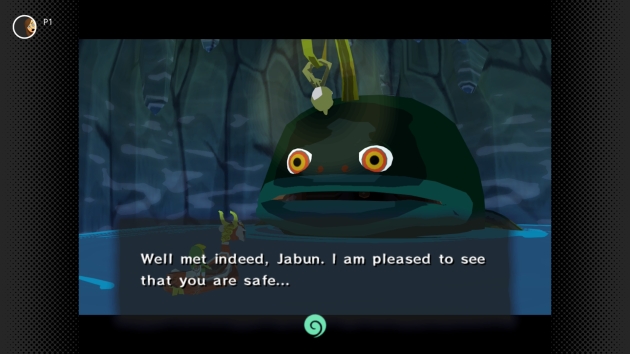
You have to retrieve three pearls to raise the Tower of the Gods. The first two you earn from dungeons. The third one? Instead of a dungeon, youre given the runaround on the great sea. This giant angler fish is supposed to be on one island but is instead hiding behind a solid rock wall on your native island. This whole sequence is how the game gives you bombs as an item instead of a plant that you pluck from the ground, and ultimately its Wind Wakers way of letting you know that the map is now open for exploration. But it completely let the wind out of my sail to realize there was no dungeon and I just had the Macguffin now.
I also remembered Wind Waker as being much bigger than it is. As gigantic as the Great Sea is, theres only five traditional Zelda-style dungeons: Dragon Roost Cavern, Forbidden Woods, Tower of the Gods, Earth Temple, and Wind Temple. Dont get me wrong: theyre strong dungeons, with the Earth Temple being the best in the game. Its just not enough. I suppose the Forsaken Fortress can be counted as a dungeon but by the time you actually get to play it properly with a sword, I was more than ready to be moving on to the next part of the game, and I groaned when I had to return to it later. Finally, I thought Ganons Tower had exceptionally uninspired design. Its basically a boss rush of some of the previous bosses, where each boss chamber (which is done in black and white) is preceded by a short room that has the type of puzzle you would see from that stage. Imagine if every TV shows season finale spent the first thirty minutes with a clip show and then the final ten minutes were the actual new content. Thats how Wind Waker actually ends, and Ganon is probably the dullest boss in the game, so the ending sucks just as much as the opening does.
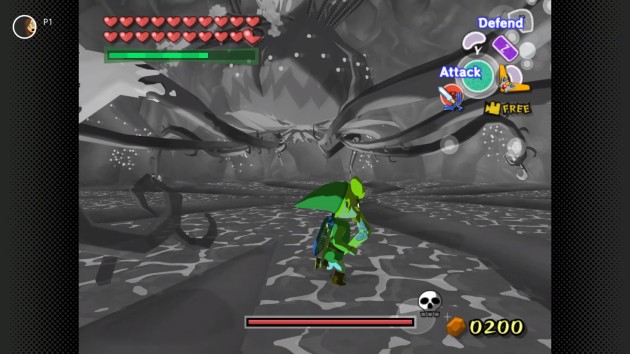
Not only are the boss rush bosses now in black and white, but the game strips you of all items that you didnt have up to the point when you first encountered them. When you enter the chambers, all the items (except bottles) are removed from your loadout and you have to reassign them. Then, after beating the bosses, when you return to the hub of the level, you have to re-reassign each item to each button again.
So the structure of Wind Waker is pretty weak, and so are many aspects of the open exploration. Players are incentivized to do battle against a series of platforms that are scattered throughout the Great Sea. A lot of these have cannons on the side, and taking out those cannons can be a chore, especially since getting the camera to even find an angle to see what youre shooting at isnt even always possible. Plus the seas might be choppy AND youre being shot back at. For all the time and effort you have to put into taking these things out, the rewards are often a slap in the face. A golden feather, a skull necklace, or a joy pendant, all of which are things you can get by hitting an enemy one time with the grappling hook. Theres a single platform in the entire world that has a valuable Piece of Heart. It should be a joy to systematically take these things out, but instead, its reduced to busy work.
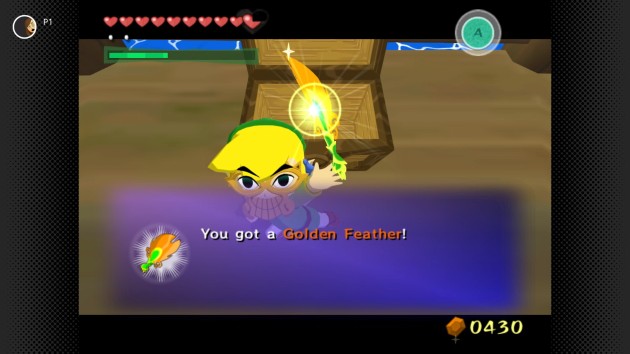
F*ck you, Wind Waker. F*CK YOU!
This is not an optimized world, and going off the list of fixes from the Wii U game that I never played, it would appear they didnt fix that for the remaster. Theres so many things they could have done with the chests on the platforms that would have made them worth the effort. Heres a thought: ditch the light rings that are so common that youd swear theyre randomly generated and put that money on the platforms instead. Also, they could have had a lot fewer treasure charts that lead to the silver rupees worth 200 bucks. They overdid the silver rupees to such a degree that I stopped caring about recovering the items seen in the Treasure Charts altogether. I hit up a list of which charts pointed towards a Piece of Heart and went after them, and only them. Like so many other things about Wind Waker, mechanics that should have been a defining highlight are reduced to a commonplace chore long before the credits roll. What Wind Waker needed was someone above Aonuma to tell him no. Dont do that.
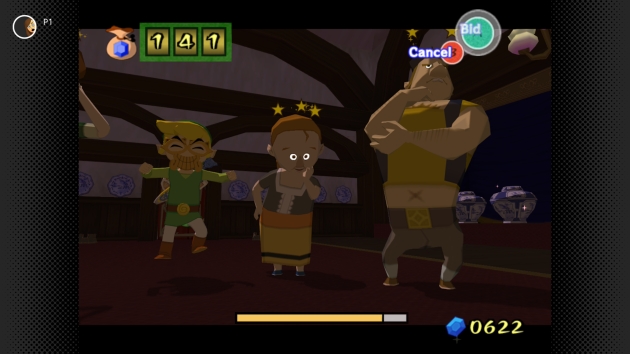
I found myself massively over-bidding on the auction just to dump money.
Whats really f*cking infuriating about it all is theres not enough ways to spend money until late in the game. But then, out of nowhere, theres a dramatic spike in the need for money. The trading sequence Piece of the Heart takes around 600 to 700 rupees to complete and the Triforce charts take 3,184 rupees to translate. That sounds like a lot, but in this game, if you dont stop every two seconds to pull up another light ring (which my father really wanted to do even if we had a maxed-out wallet), it really isnt. At the point where I struck the killing blow on Ganon to end the game, I was holding 2,721 rupees that were functionally useless. It didnt have to be this way. Theres a lot of stuff that they could have sold in stores like charts, bottles, etc. Only a single store in the entire game has high-priced items, and once theyre gone, thats it. The three items being sold (a bottle, a Piece of Heart, and a treasure chart that leads you to another Piece of Heart) will run you 2,350 bucks. Im fine with the price, but those types of prices SHOULD be a big deal that you work hard for, and theyre not. I havent even mentioned all the money you get out of pots or killing enemies. Are you made of money? In Wind Waker, yeah, you might be.
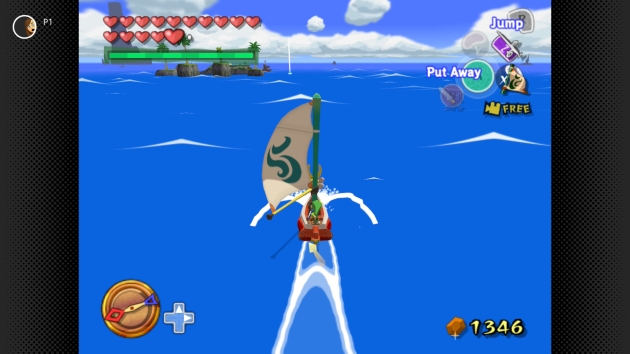
The first few beams of light that indicate the location of a treasure chart item had me excited. Its damning that they lose their luster because money is so easy to come by that scooping up 200 dollars from the sea floor isnt remotely a big deal. Out of the 41 treasure charts in the game, 11 point to a Piece of Heart and a f*cking insane 24 of them have the 200 value silver rupee. Others might have useless special charts that tell you, for example, how many Pieces of Heart each sector of the game has, except it doesnt really act as a check list and doesnt cross out if you found every one. Theres 44 total Pieces of Heart in the game, so having a built in checklist instead of having to use an online guide would have been nice. Same with the platform chart or submarine chart, which doesnt tell you which ones youve cleared out. Meanwhile, I didnt get the Octo Chart or the Great Fairy Chart until after Id already found every one of those. You know, maybe you should have, I dunno, SOLD THEM IN A STORE?! The fact that its even possible to fish them out of the sea after they have any usefulness is just frustrating.
And while Im whining about things I didnt like, I encountered a ton of glitches playing Wind Waker, some of which are likely caused by an unstable GameCube emulator utilized by the Switch 2. The Link model vibrated in nearly every cutscene in the game, like he was experiencing a specifically vindictive and isolated earthquake localized entirely underneath his feet, and that was SO distracting and SO annoying, but at least it didnt break the game, which I did more than once. I had multiple instances in treasure chambers or submarines where I had to exit and come back and start over because enemies that were supposed to spawn didnt, thus ending the sequence before I could complete it. Ive narrowed it down to two specific types of enemies as the likely culprits for why this kept happening. These things called Miniblins that are dead-ringers for Stitch and the infamous recurring Zelda baddies Wizzrobes, which now look like toucans for some reason, were ALWAYS involved in rooms where I was locked-out of being able to finish the stage. Of course, that was nothing compared to the soft lock that happened after I beat the second boss. Apparently I was in the exact wrong part of the room to strike the killing blow because the game would not load the dialog and was froze permanently on this screen:
I hadnt been using the original save system and was relying on using save states to eliminate having to restart rooms with tricky jumps. Had I not laid down a save state about fifteen minutes before reaching the boss chamber, the game would have been over since I couldnt even pause at this point. This was frozen-frozen, and that meant I had to replay the last few rooms and the second boss. Needless to say, I was laying down save states constantly after this boss. I recommend anyone else playing this on their $499.99 Switch 2 do the same and spread those save states out using all four save slots since it doesnt seem out the realm of possibility that the enemies fail to spawn glitch I talked about above could happen in locked room, leaving you with no possibility to unlock the room. Another glitch was this treasure chest next to a submarine was placed in a way that I could not open it. Had there not been a submarine there for me to enter and exit, I would have had to leave the entire sector and return to it in order to open the chest. Now granted, the chest was one of those nothingburger chests that I was whining about, but again, if it could happen in this spot, presumably it could happen anywhere.
On the left is the chest that didnt open. On the right is the same chest, only now
it was positioned further from the edge. I was able to open it now.
My final pet peeve with Wind Waker is that I feel the combat relies too heavily on the fog of war to create artificial difficulty. The Wizzrobes use this tactic constantly, because the main challenge in rooms where they team up with other enemies is just getting your targeting system to lock on to them. The Darknuts also use this when they appear in large groups. The giant worm that you fight in the Wind Temple had a similar structure, as my only issue with fighting it was, instead of locking onto its weak spot, which you have to shoot with the hookshot, the targeting system would instead lock-on to its babies, which spawn endlessly. Sometimes they really screw with you by adding the annoying-ass Miniblins into the battle, and since theres an unlimited supply of them, it assures that youll lock onto them instead of the stuff thats actually a danger to your health.
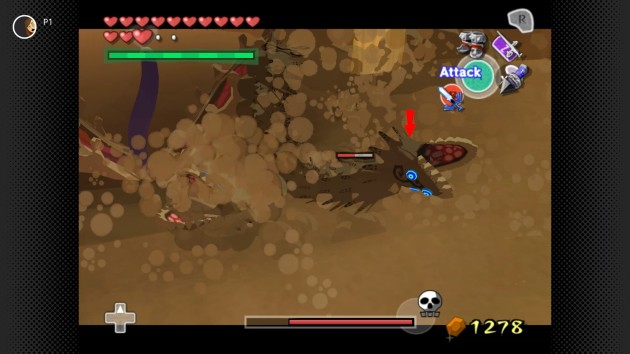
No, I dont want to hit this thing. I want to hit the thing birthing that thing.
Ive just done a LOT of bitching about Wind Waker. Its safe to say that, following my 2003 play session of it, my brain deleted a lot more negative aspects of it than it did positive ones. I really always looked back on this as a mostly flawless game, at least once you get past the Forsaken Fortress at the start. Replaying it now over two decades later, jeez, Wind Waker is a deeply flawed experience, isnt it? But, the thing is, all my positive memories of it were also accurate. Despite a problematic camera and the worthless tornado spin attack that leaves you dizzy for far too long, I enjoyed the sword combat of this Zelda more than any other game in the series, easily. I dont care if the parry is overpowered (and it is). I liked using it! I liked snacking a Moblin in the noggin with a boomerang and then snagging its skull necklace with the grappling hook. I liked taking aim with my bow and shooting a Peahat out the air from the other side of a room. I never backed away from any fight because the fights were just so fun that I couldnt say no to them.

Only a Zelda game could have a sequence where you briefly take control of a seagull thats getting chased by a vulture and have it successfully be a heart-pounding moment.
Im sure Nintendo fans will be furious at me for spending most of this review sh*ting on Wind Waker instead of showering it with praise, but I did actually 100% the game. Well, not counting the Nintendo Gallery which takes too long to open up and too much busy work to complete. Instead of figurines, why not just do something simpler, like a photo album? But in terms of ITEMS, I got everything, something I didnt do in 2003. Yes, I even got the blue gels, though I think I did that one the first time too, or at least enough to craft the blue medicine. In my original playthrough when I was 13, there were two specific Pieces of Heart I know for sure I never got. I never finished the trading sequence, which is a lot different from other Zelda games. Its confusing and clunky. This time, I did get every item out of it which culminates in a Piece of Heart. Finally, I never did the notorious water every plant in twenty minutes thing. I tried it once as a kid, but when I realized that you had to do all eight within the time limit, I said I dont need that last heart to beat the game. This time, I did it, and I finished with plenty of time to spare, too. Worth the effort? Not really, but theres a strong chance Im never going to play Wind Waker again so I wanted to be able to say I did it.
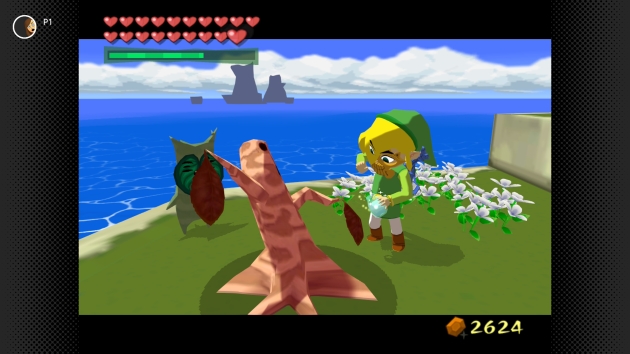
On the Wii U version, the time limit is increased to thirty minutes AND you can get a faster sail. Thats great! Happy for you Wii U owners. But, say it with me: THAT DOESNT HELP SWITCH 2 OWNERS!
Theres just so much to like about Wind Waker. Tetra is my favorite version of Zelda, and shes so spunky that I kind of wish theyd give her a game. I dont mean Navi Trackers, either, which we never got in the US anyway (and it required four players who each owned a Game Boy Advance and a Gamecube to GBA cord to play anyway). I mean give her a game where you go on treasure hunts! Speaking of which, how come, in a game with pirates, theres no buried treasure on the islands? What could have been really interesting is pirate maps where X marks the spot and you have to suss out which map is to which island based on landmarks. Again, theres so much left on the table that I hate that Wind Waker didnt get a direct sequel. And no, the DS games dont count. I tried them, besides the fact that they use touch controls, I thought the game structure with a central dungeon you have to continuously return to is lame. So in my book, Wind Waker was a one and done, and despite my whining, it will always hold a special place in my heart. Maybe a year from now, I wont remember all the stuff I hated. It already happened to me once, so maybe Ill still think of Wind Waker as the game where I was smiling ear-to-ear doing this:
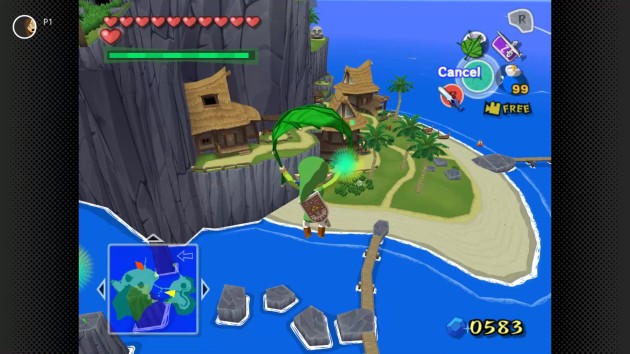
Ive noticed that, when it comes to key games of my youth, replaying them for the first time
as an adult years later always makes the flaws stand out that much more. My sister got me
the Metroid Prime remaster for my birthday last year. I started it and restarted it three
times in the thirteen months that have followed and I still have never even finished the
first level. It was a game I couldnt put down at the age of 13, and now at 35 to 36, I
cant even pick the damn thing up. Maybe it speaks to the quality of Wind Waker that it
wasnt like that at all. Instead, I flew through the game in a week, whereas I think I spent
close to a month with it the first time around. When I was in the dungeons, or exploring a
new sector for the first time, I was having fun. The light-reflecting puzzles that a lot of
people hate? I think theyre genius, especially that last one that takes a while to finish.
Okay, so the ending where Link says see ya, wouldnt want to be ya to his sister is a big
downer. Maybe it was payback against the fans for the backlash to the graphics style. Or
maybe they were just bitter that they ran out of memory to hide about five thousand more
silver rupees.
Verdict: YES!
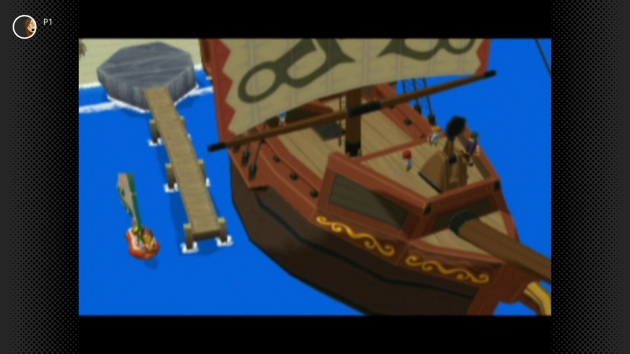
Apparently the entire ending is actually a video file thats not rendered live in the games code, and they didnt bother up-scaling it so it looks very blurry. The ending is a punch in the gut anyway so its probably best to just imagine that Link realized his little island was awesome and Tetra is an obvious sociopath. In my head canon, I assume her pirate crew actually know that shes Princess Zelda and are just going along with her desire to be a pirate because its amusing.
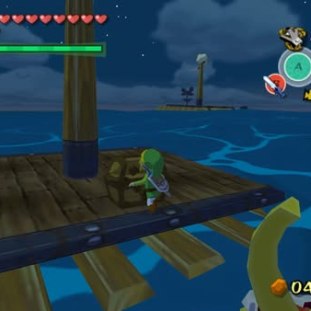
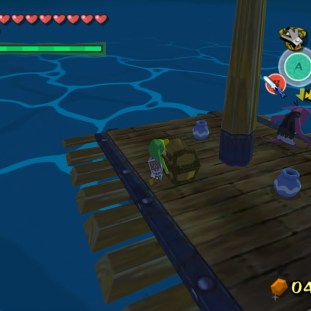
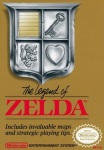 The Legend of
Zelda
The Legend of
Zelda
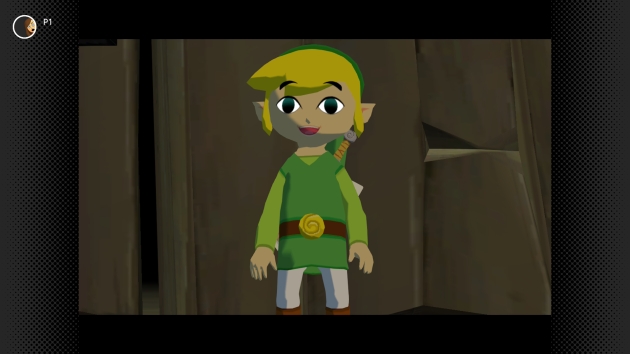
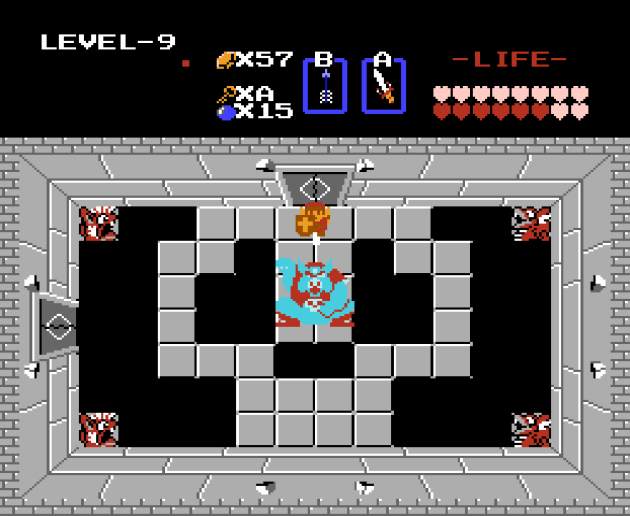
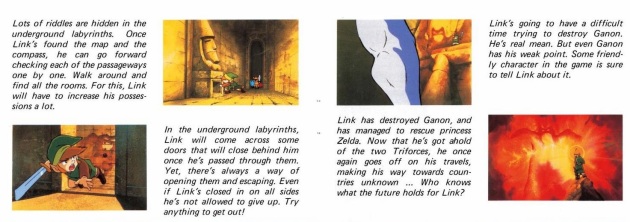
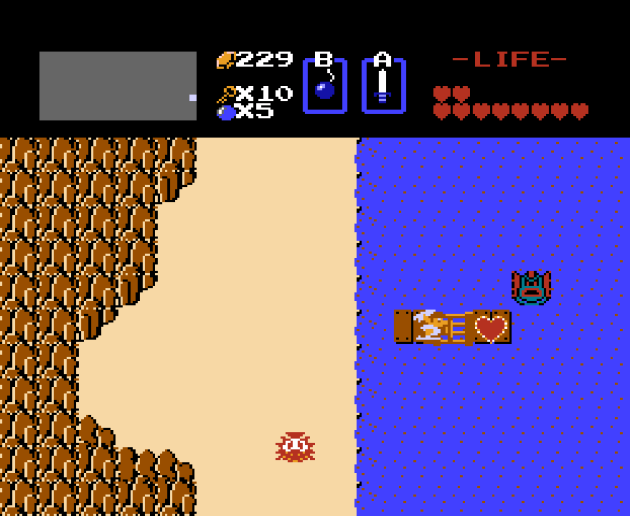
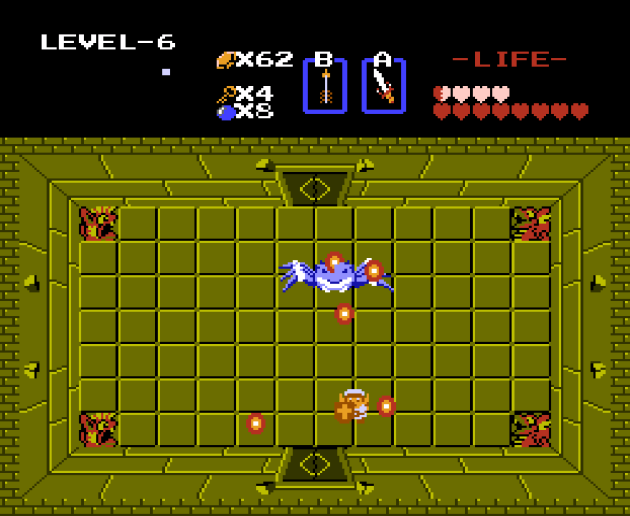


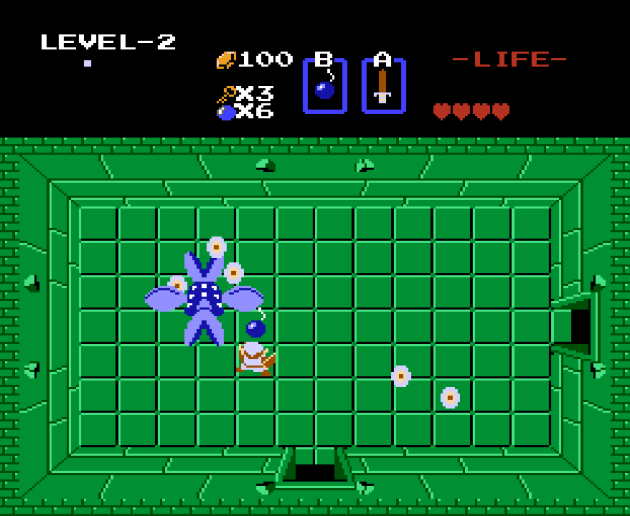
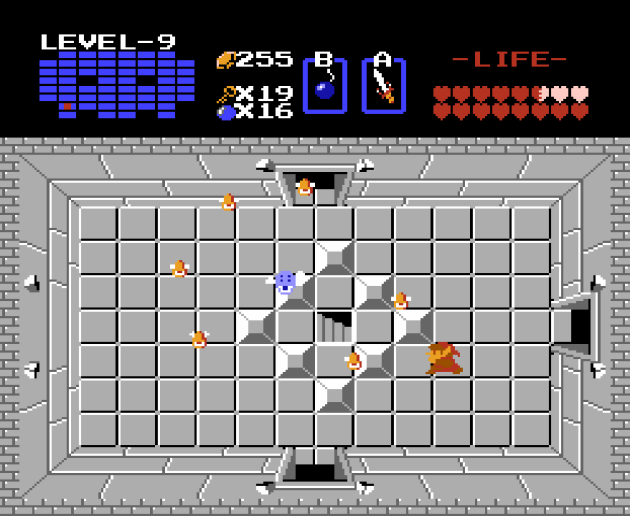
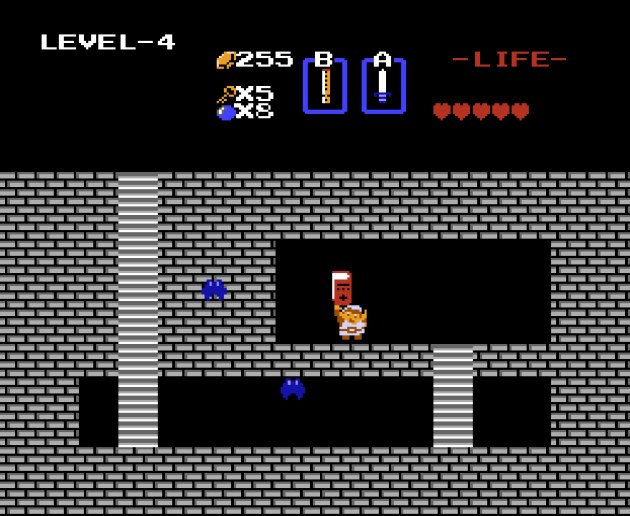
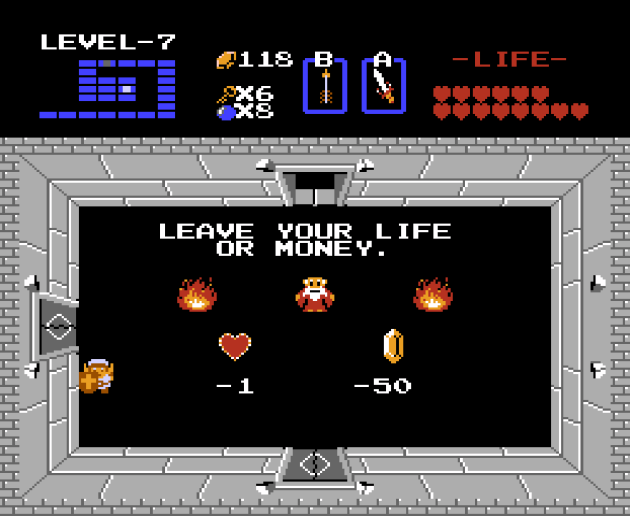



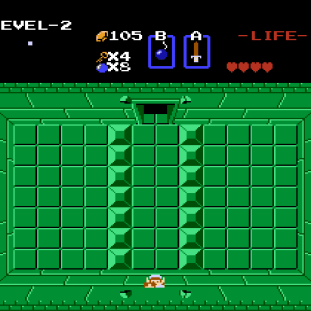
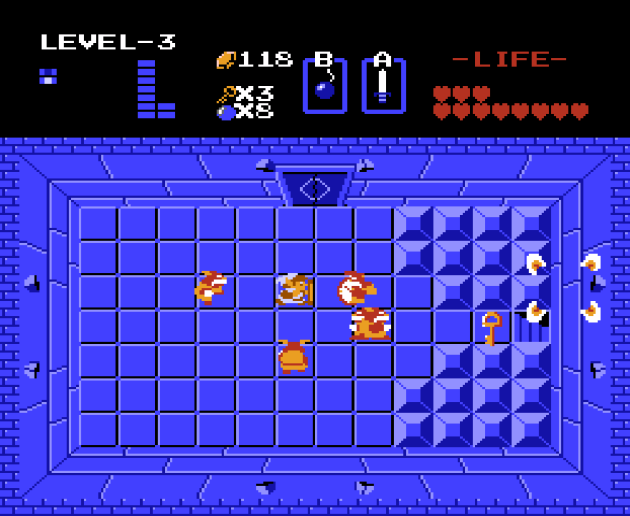
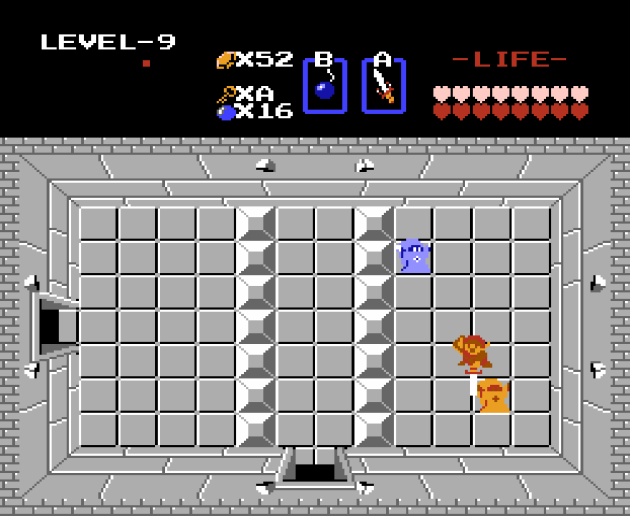
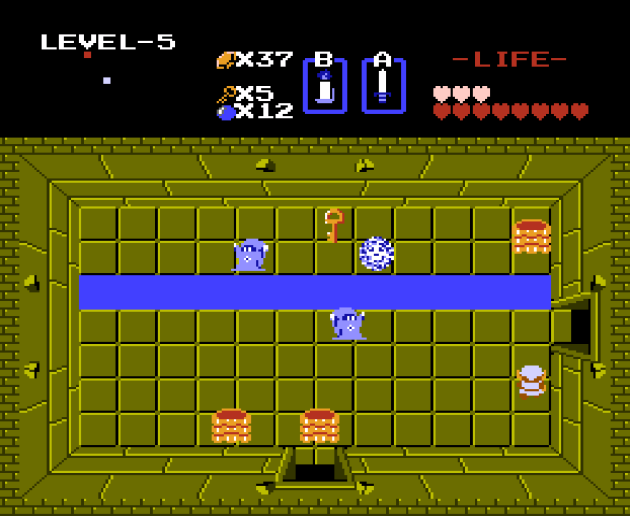
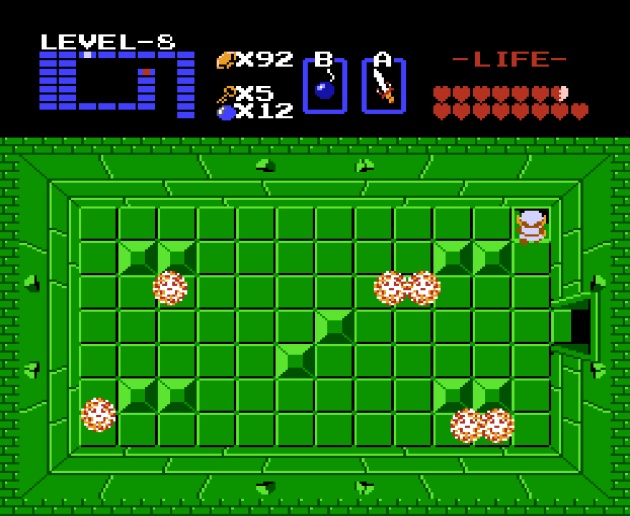
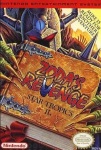 Zodas Revenge: StarTropics
II
Zodas Revenge: StarTropics
II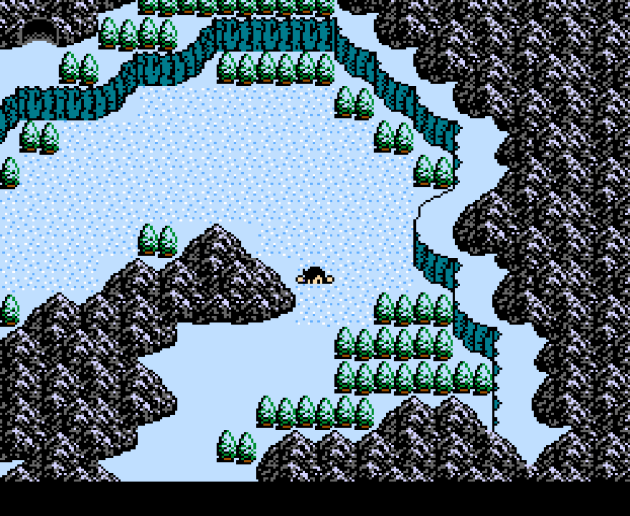

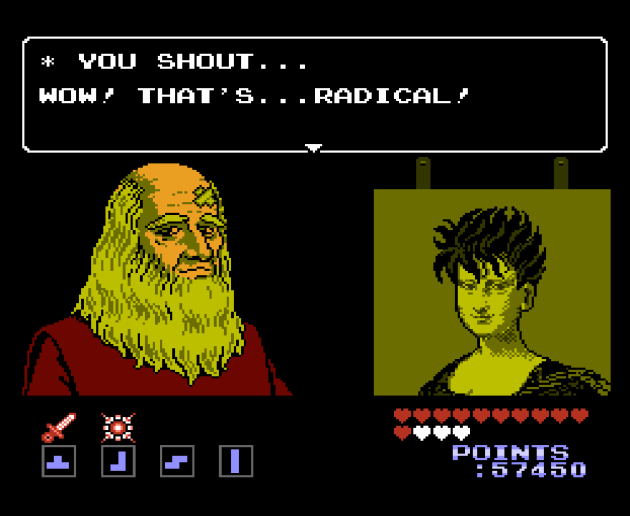
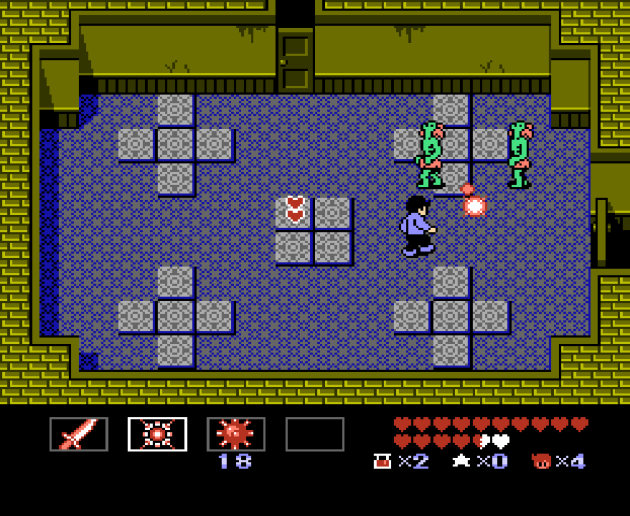



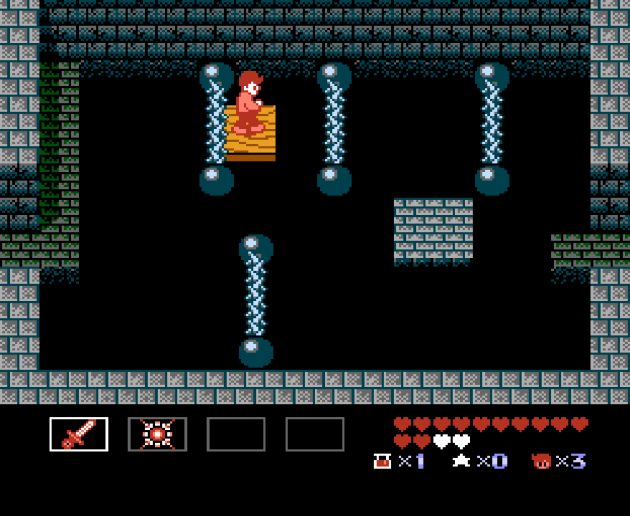
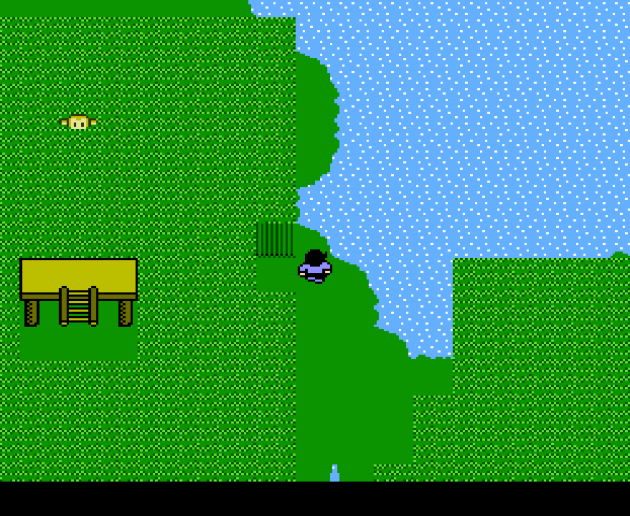
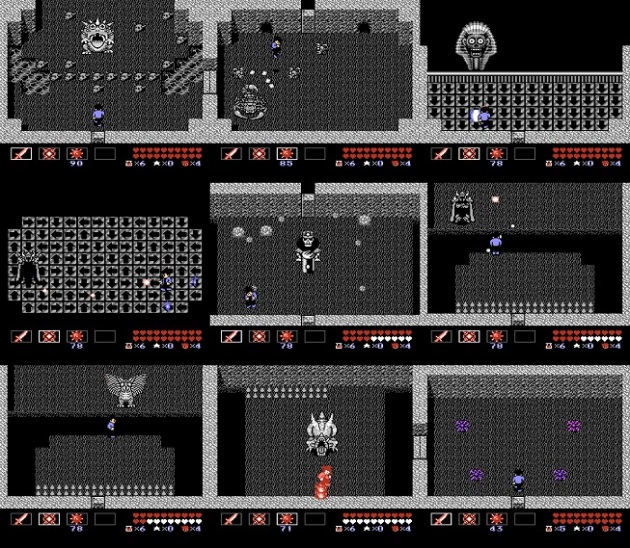
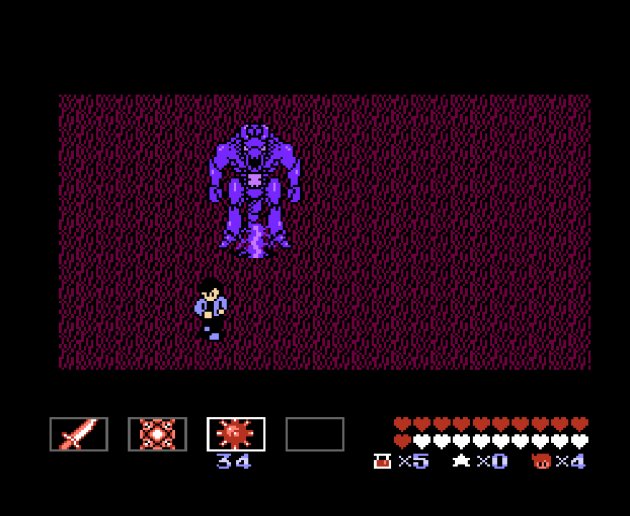
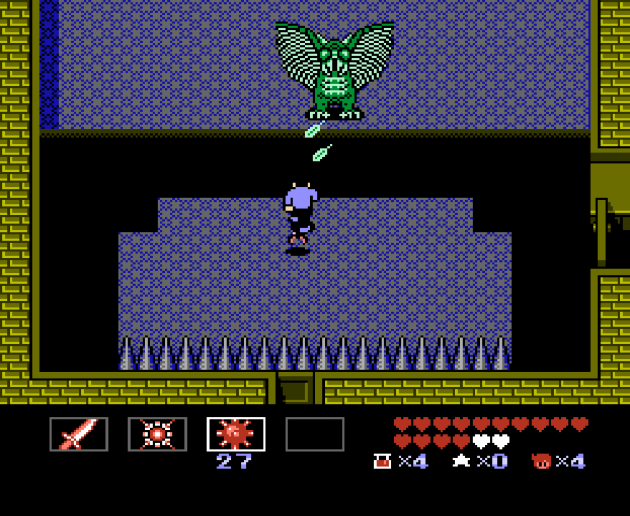
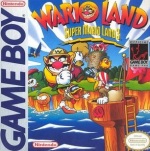 Wario Land: Super Mario Land 3
Wario Land: Super Mario Land 3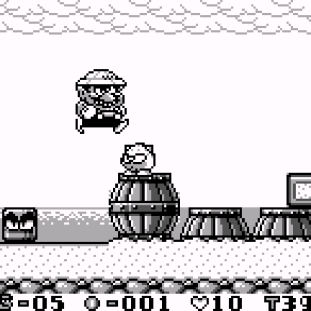
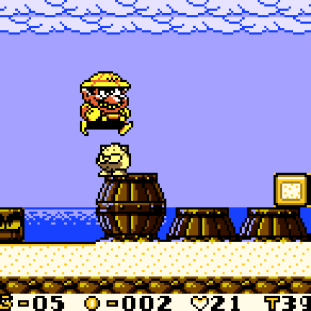
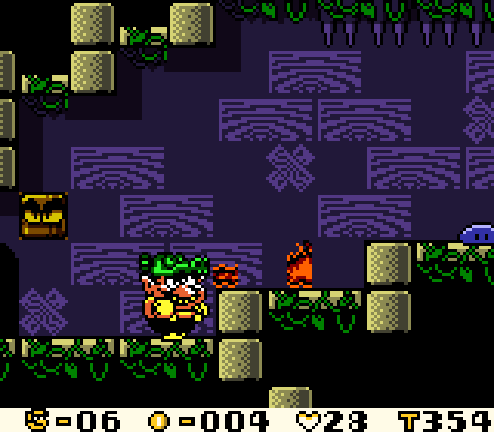
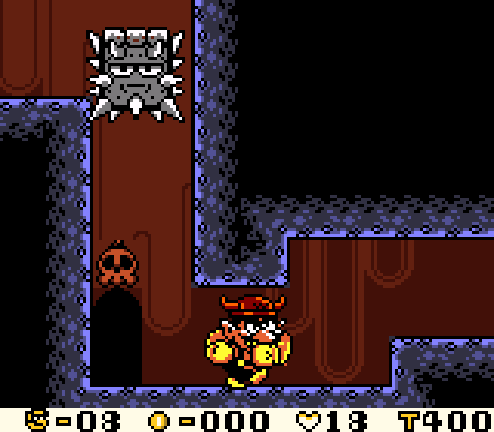

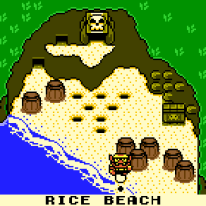
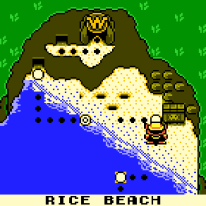
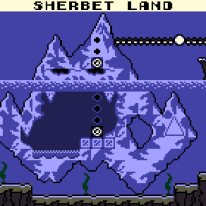
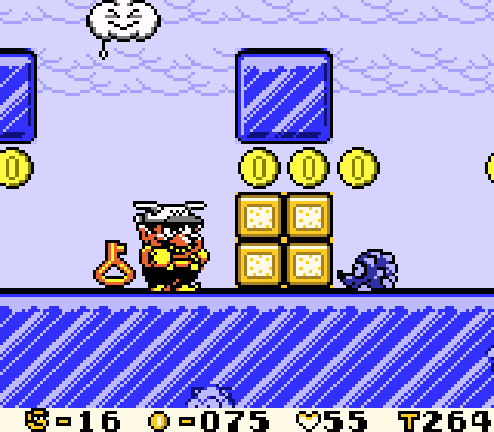
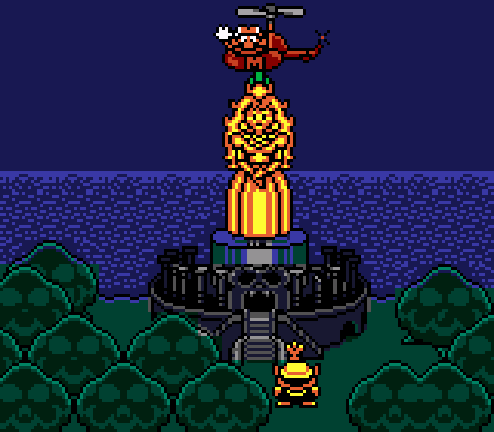
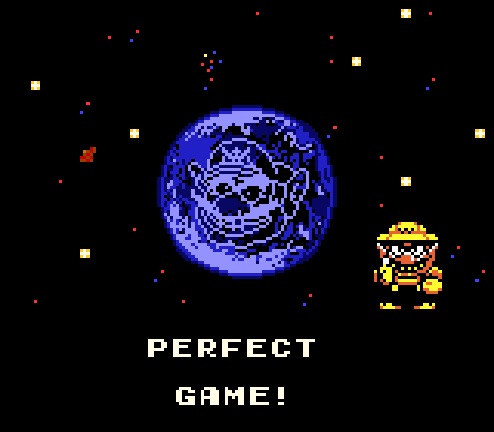
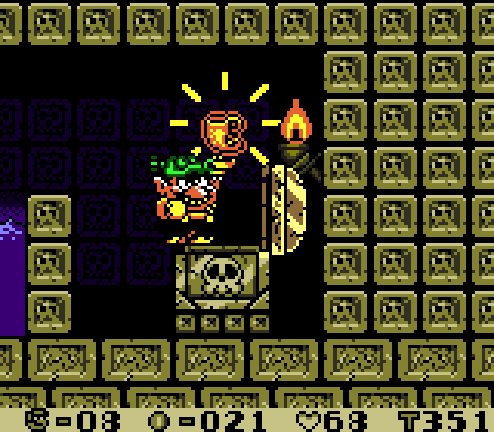
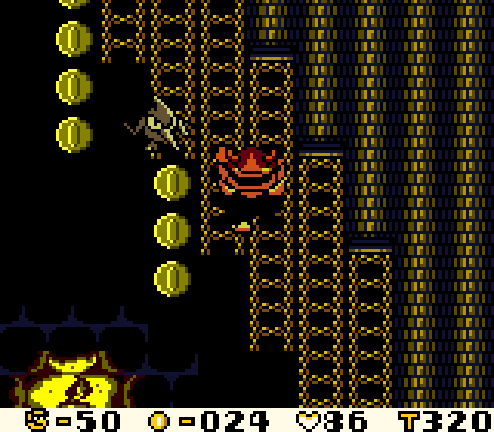
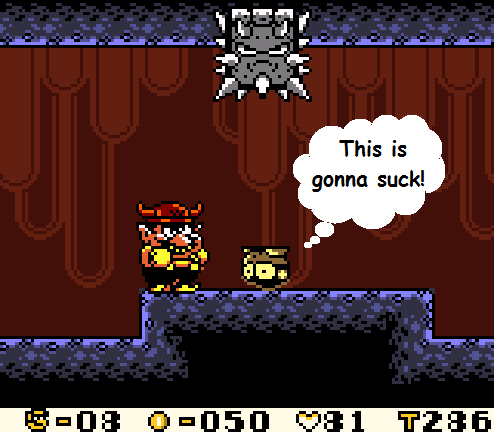
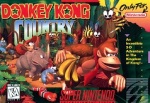 Donkey Kong
Country
Donkey Kong
Country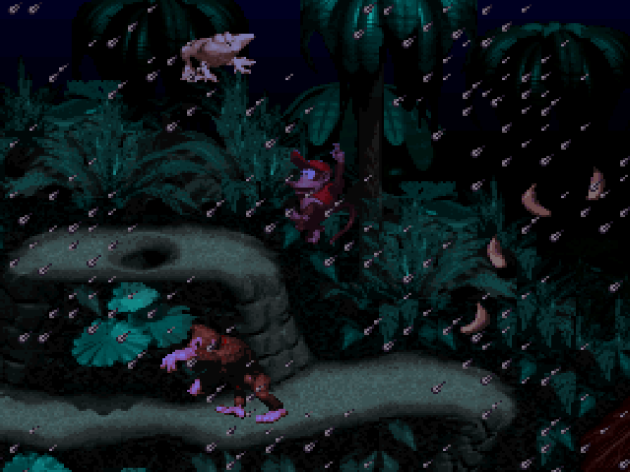
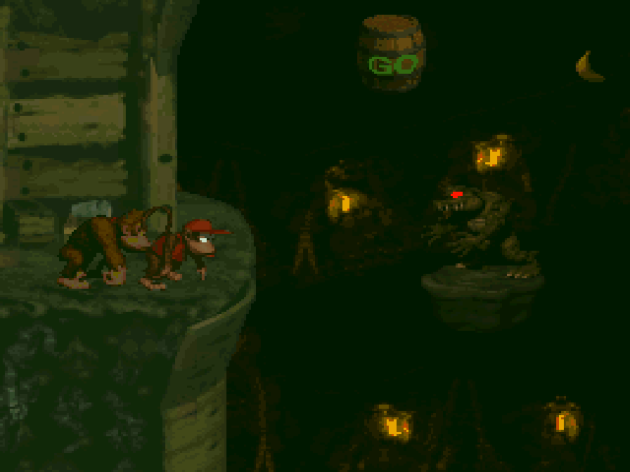
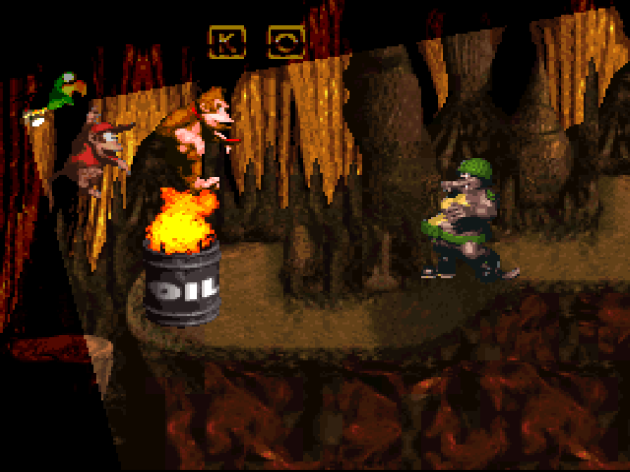

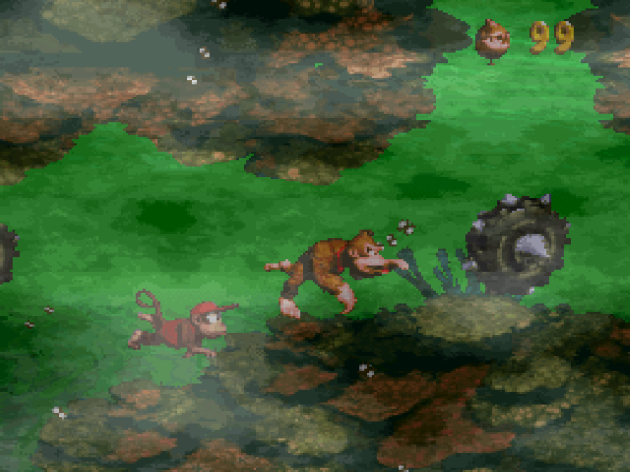


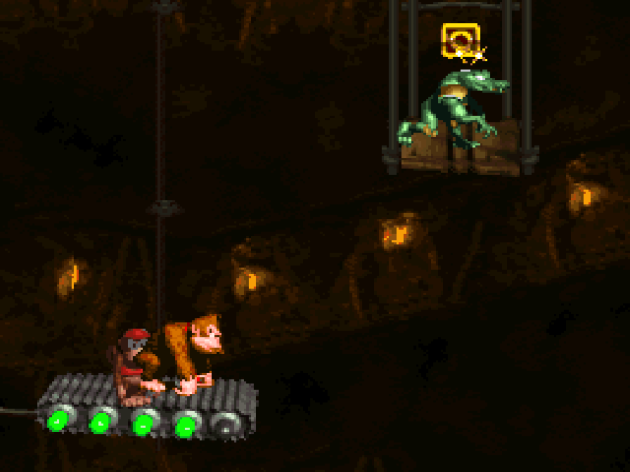
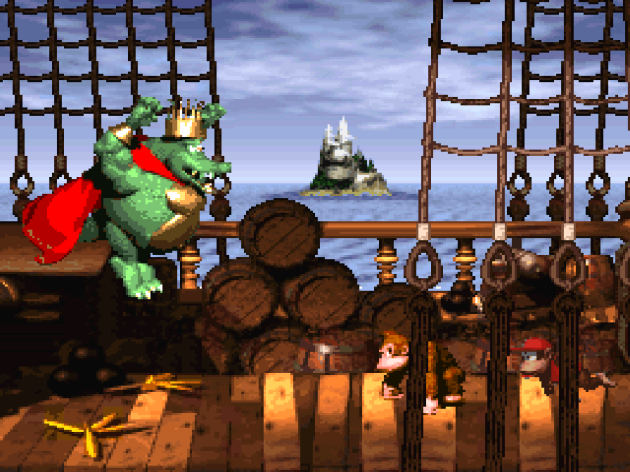
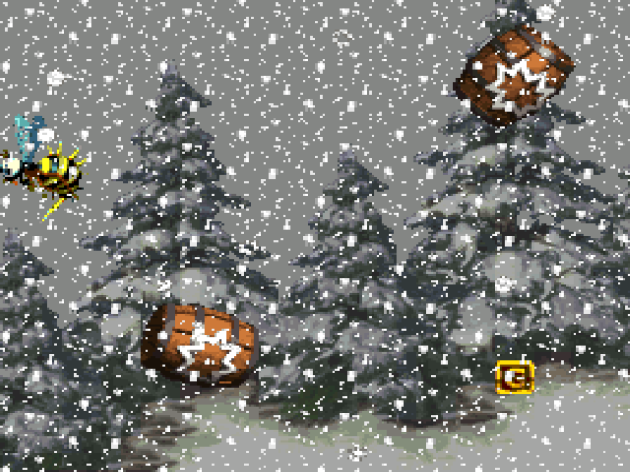
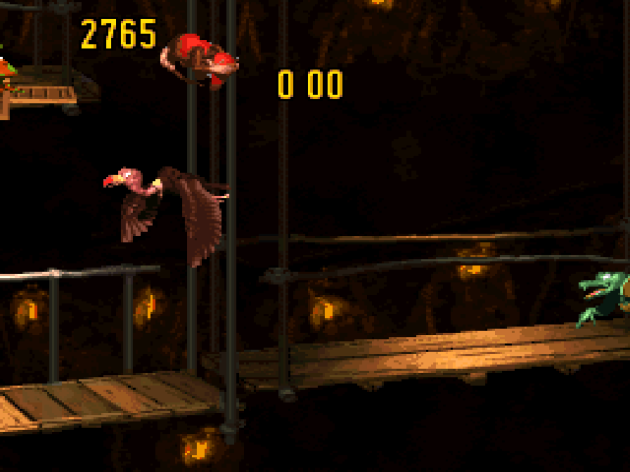
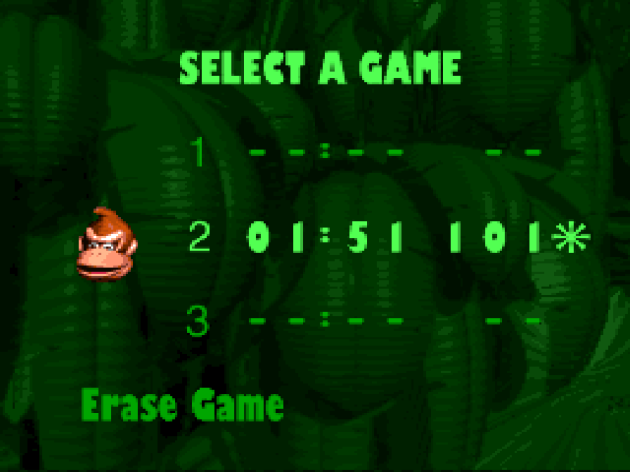
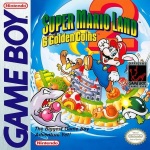 Super Mario Land 2:
6 Golden Coins
Super Mario Land 2:
6 Golden Coins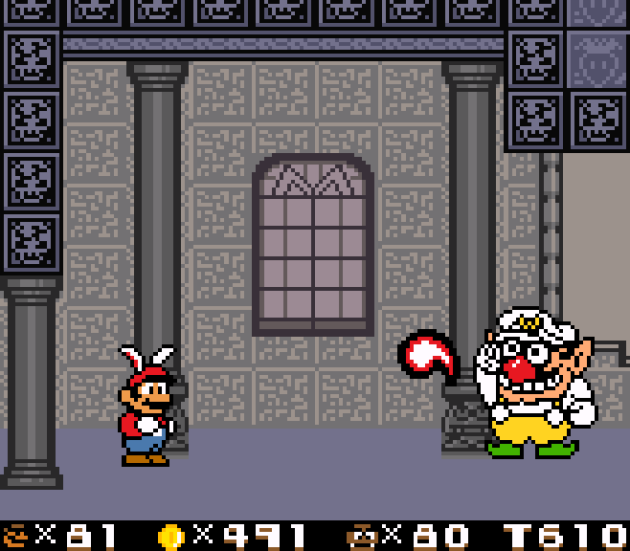
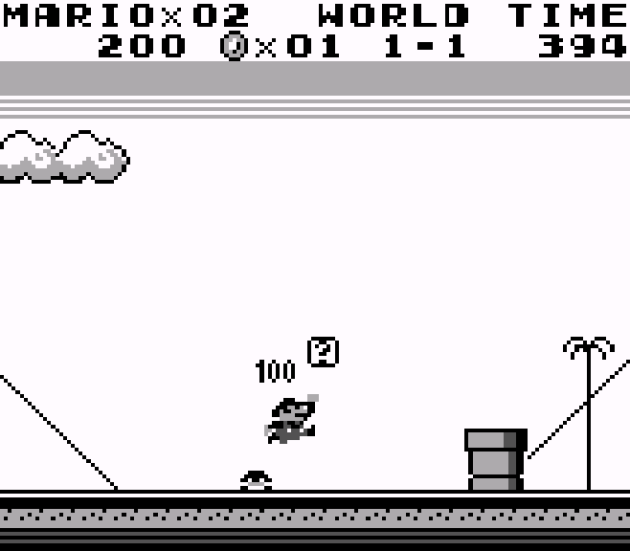
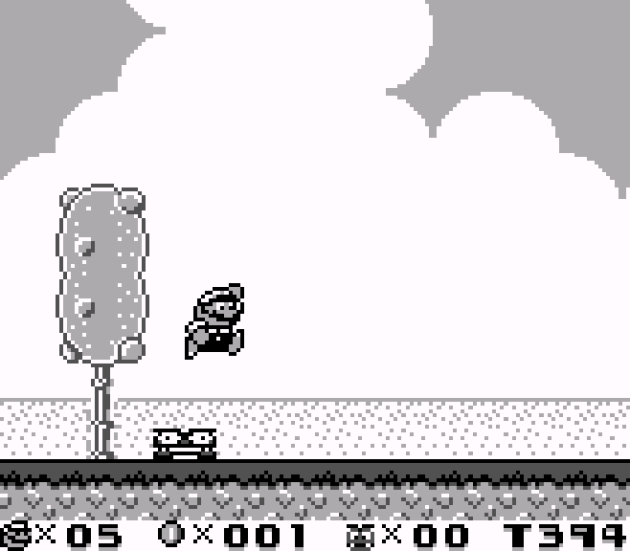
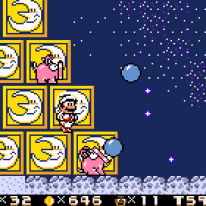
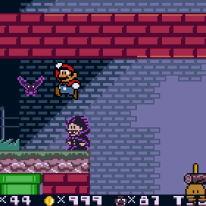
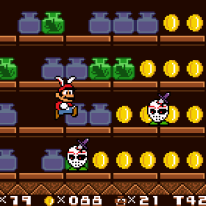
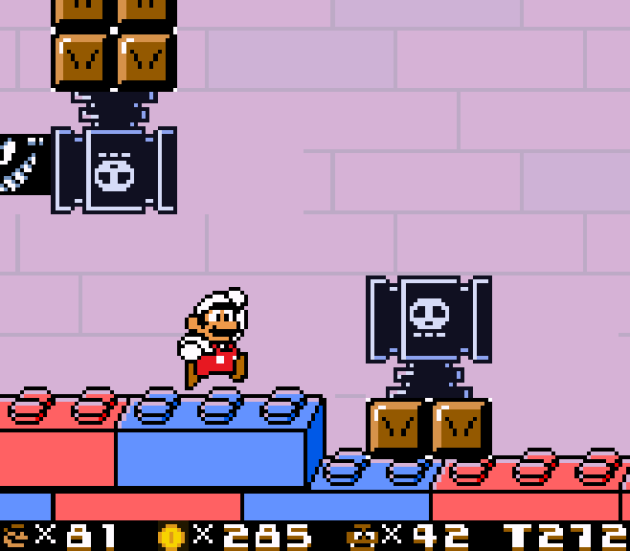
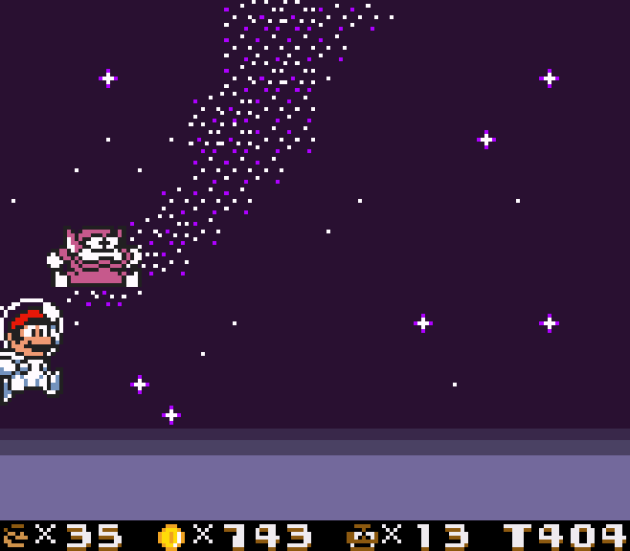
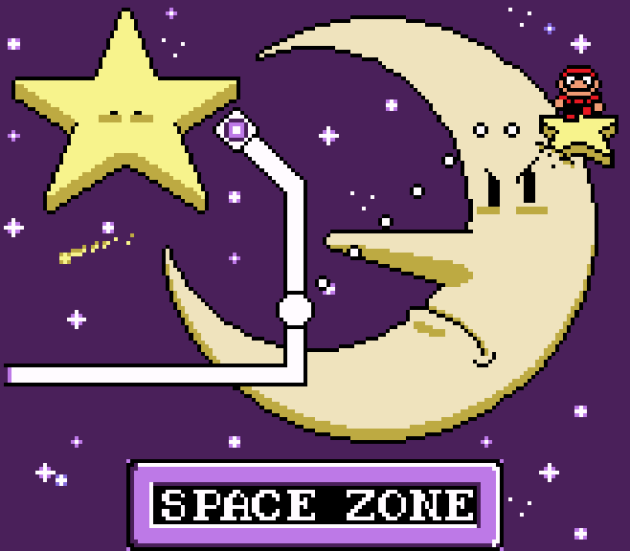
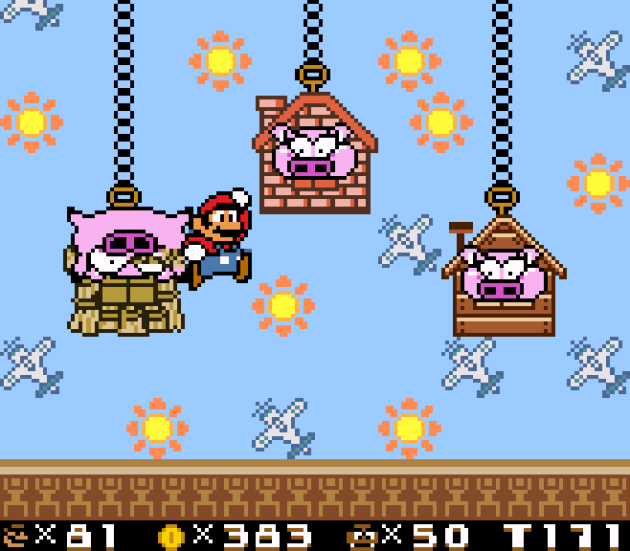
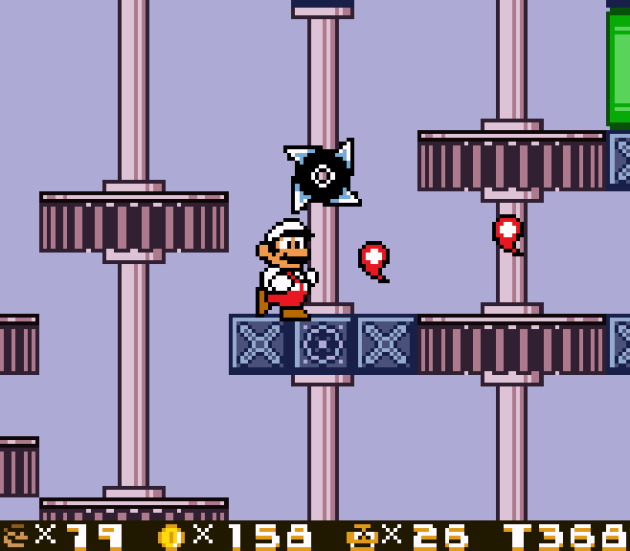
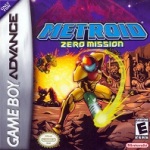 Metroid: Zero
Mission
Metroid: Zero
Mission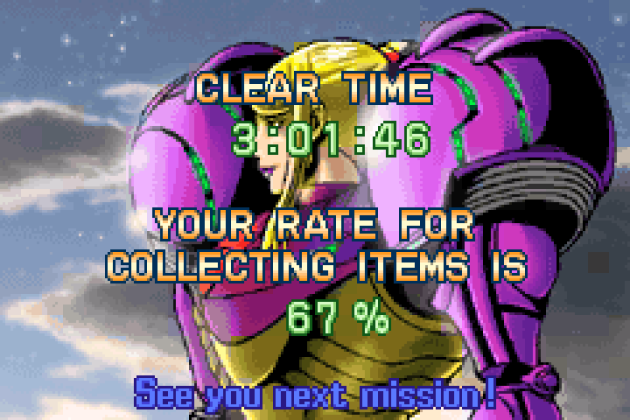
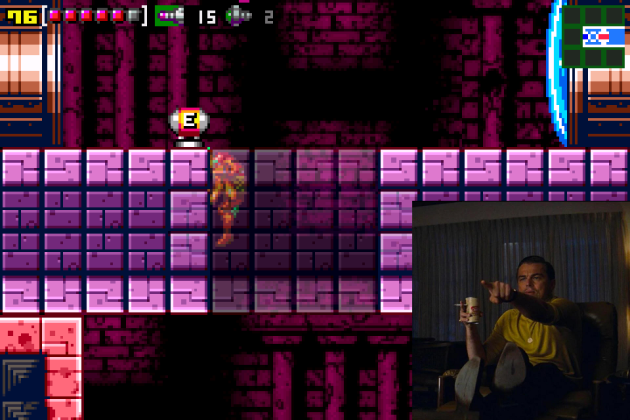
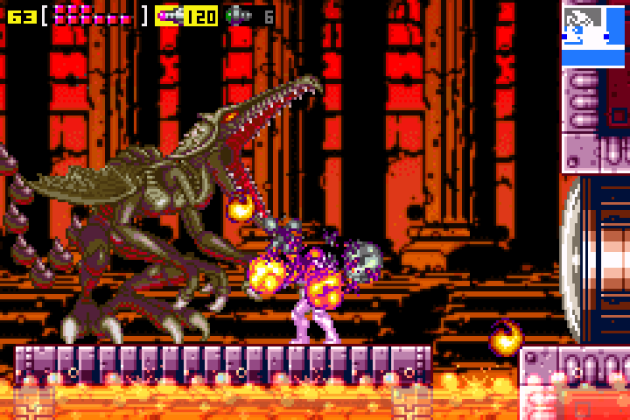
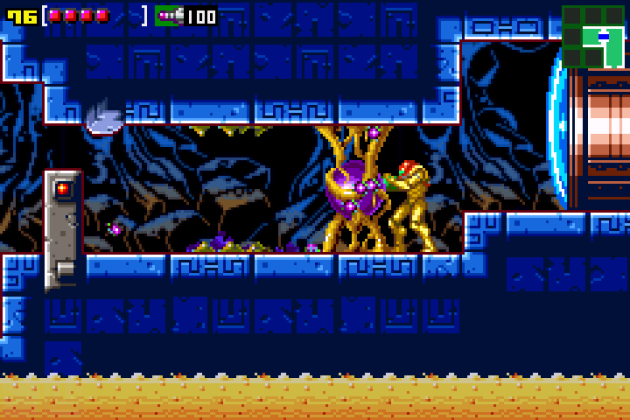

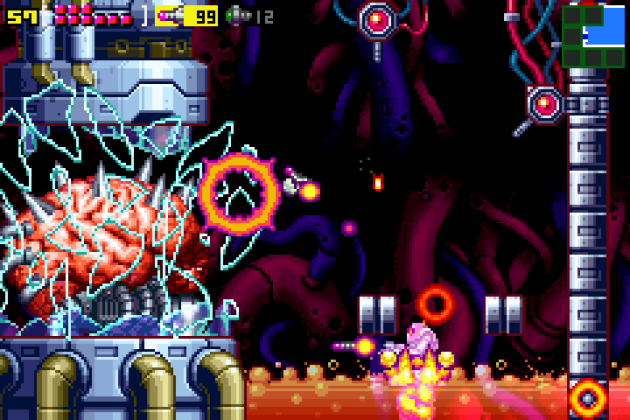

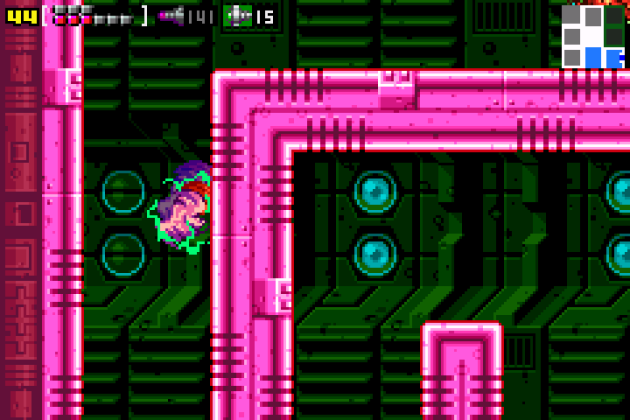
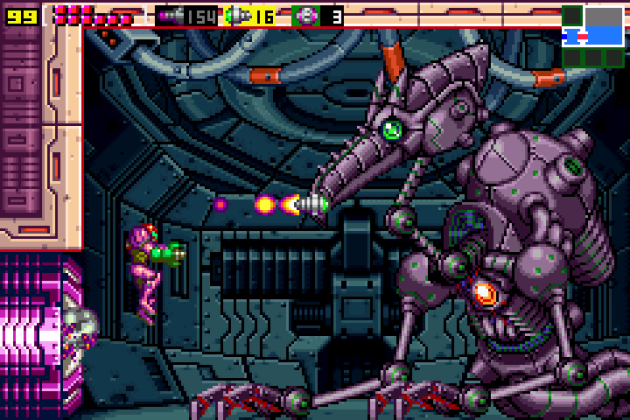
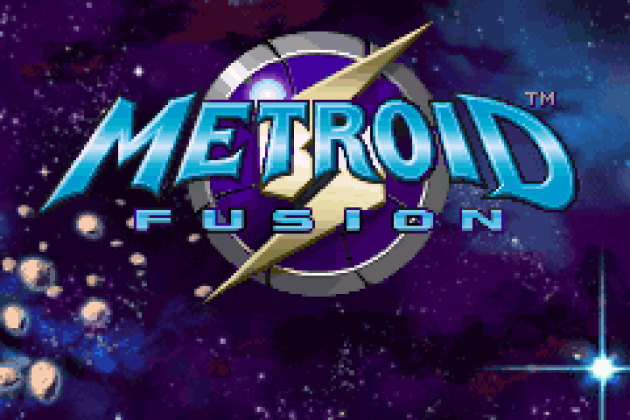
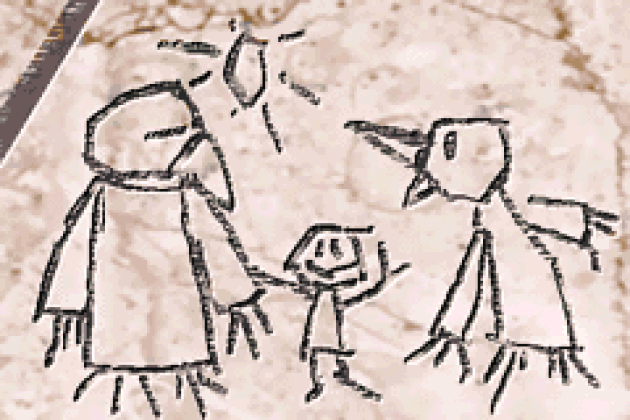
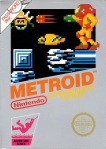 Metroid
Metroid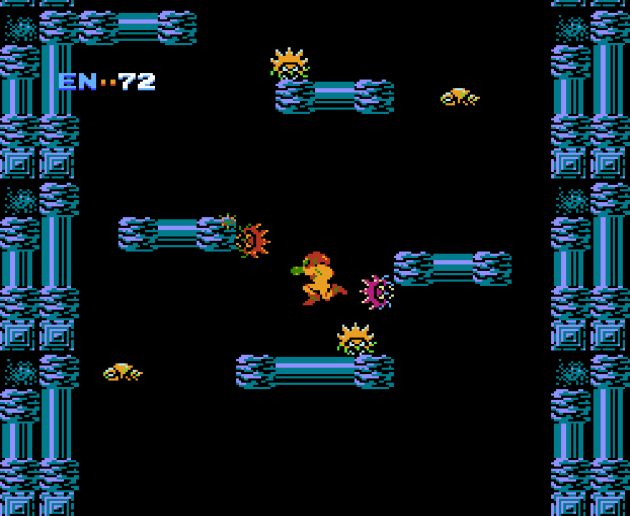

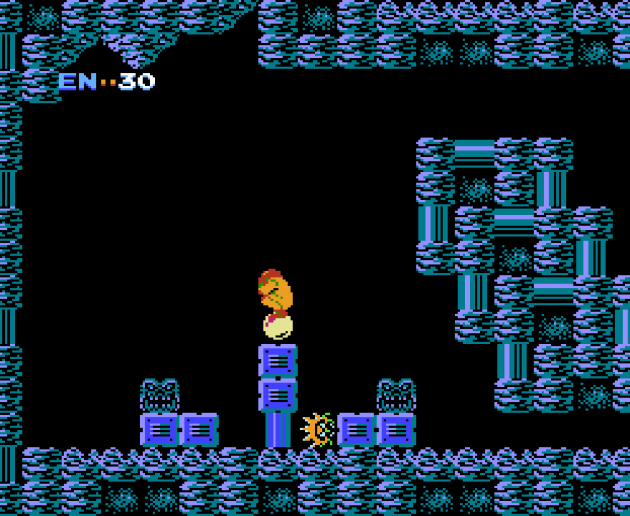
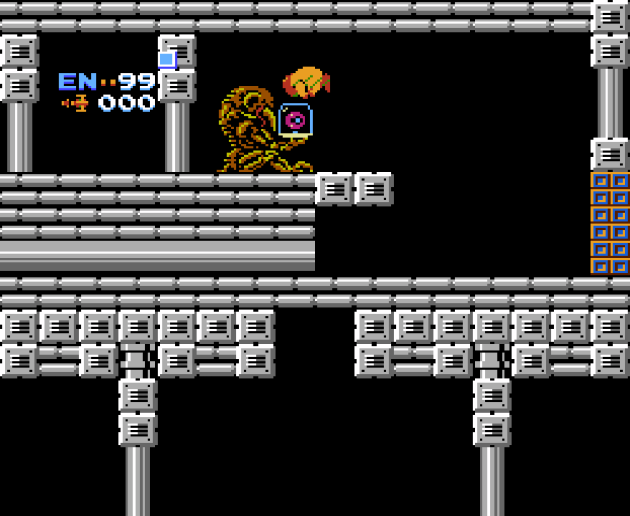
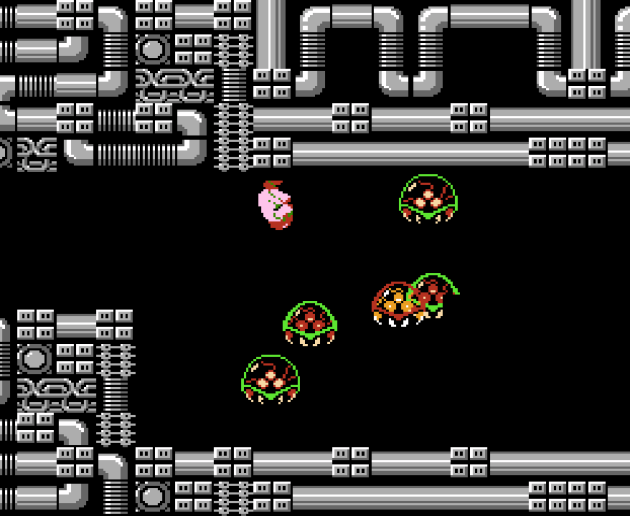

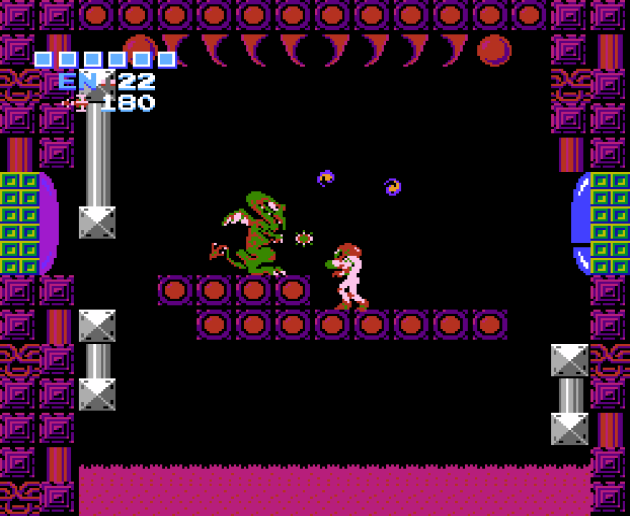
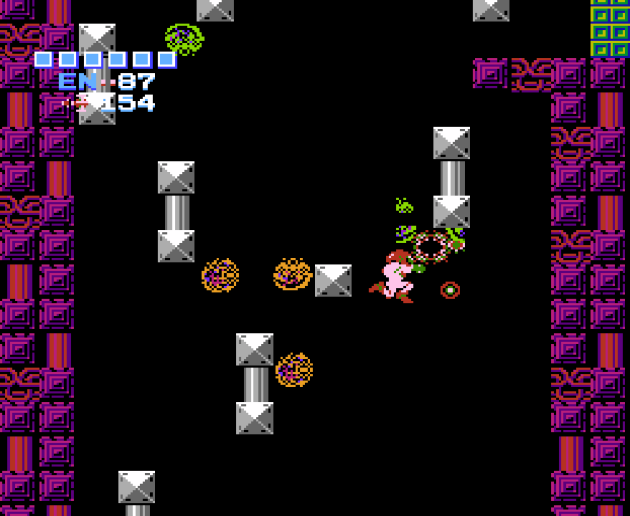


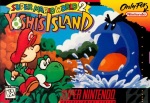 Super Mario World 2:
Yoshis Island
Super Mario World 2:
Yoshis Island First Released August 5,
1995
First Released August 5,
1995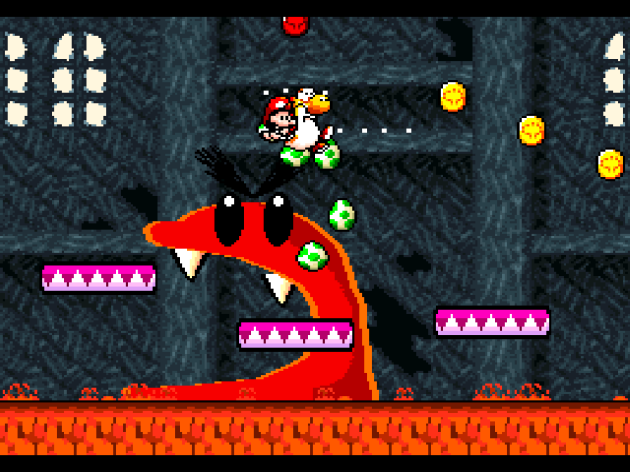
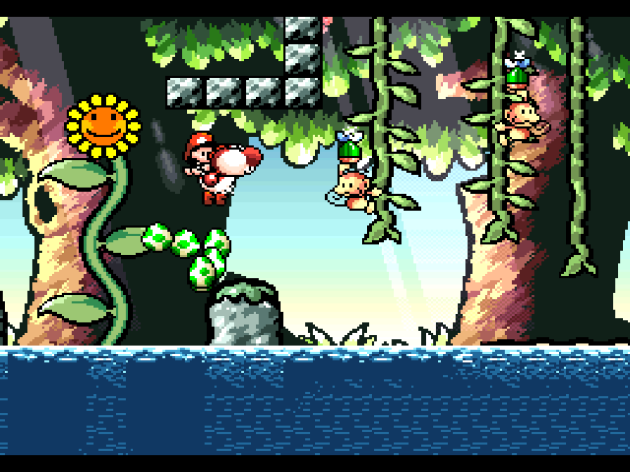
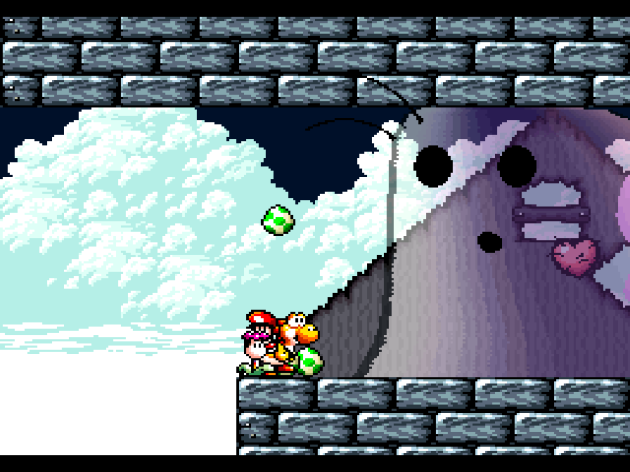
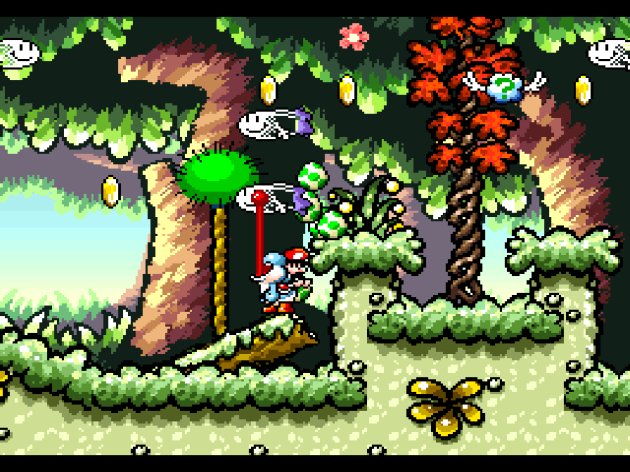
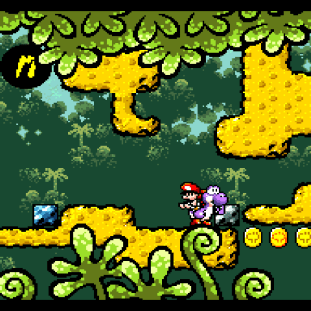
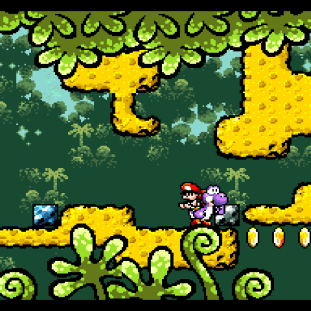
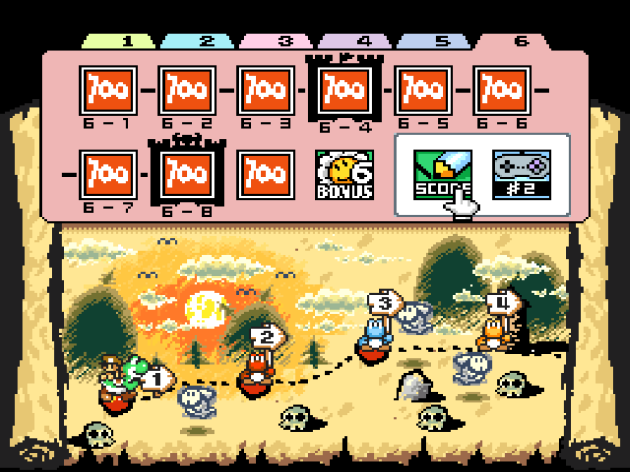
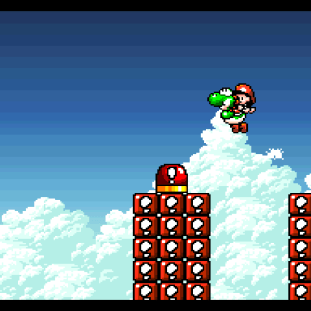


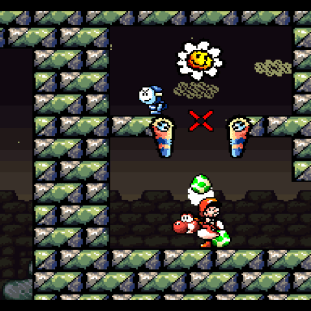
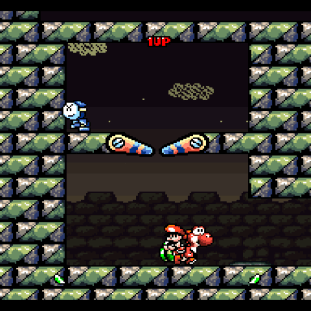

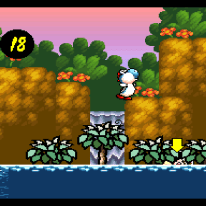
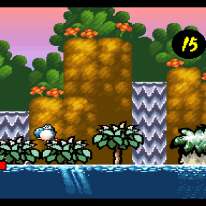
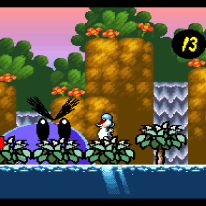
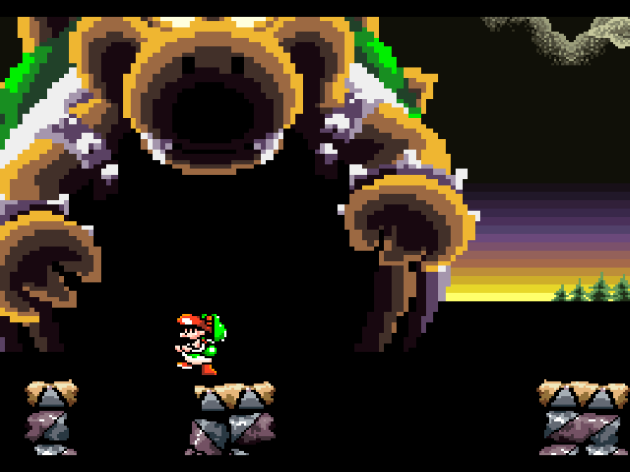

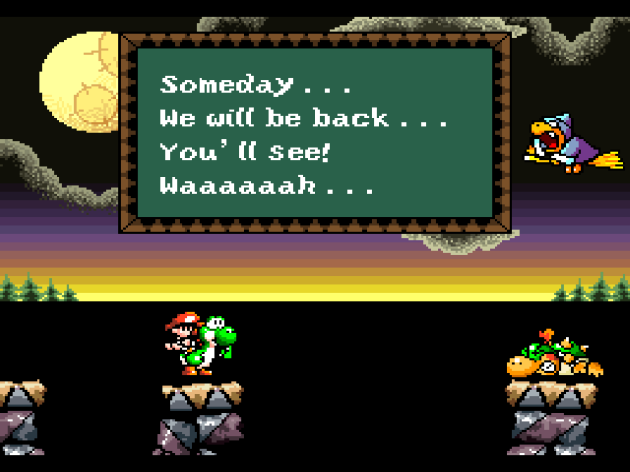
 Super Mario Bros.
Wonder
Super Mario Bros.
Wonder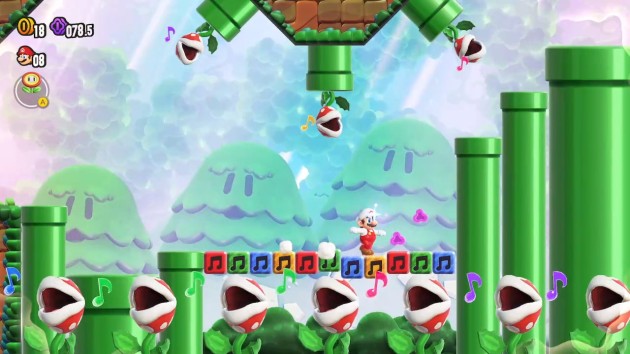
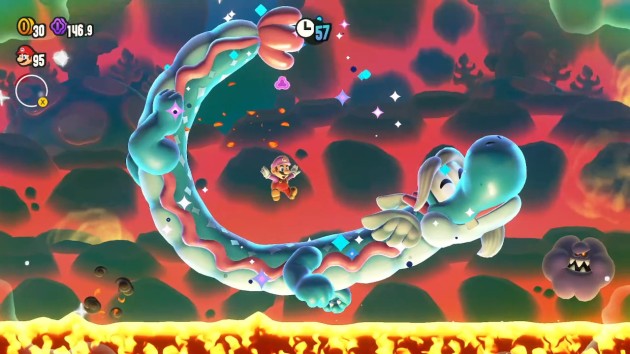

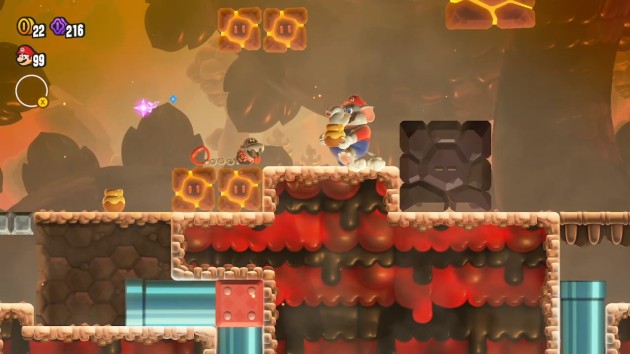

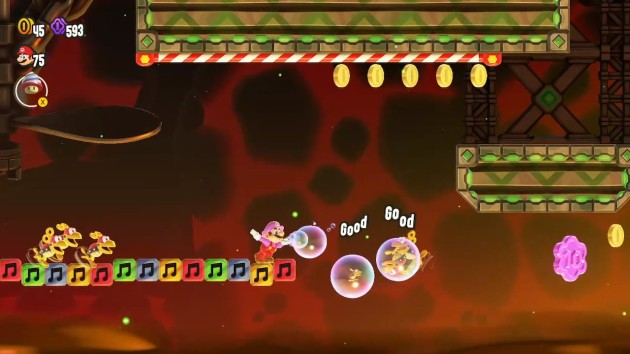
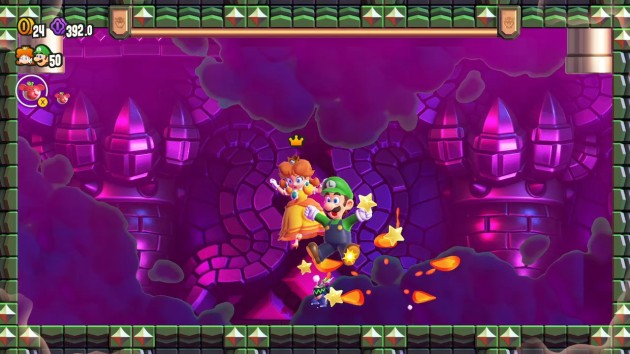
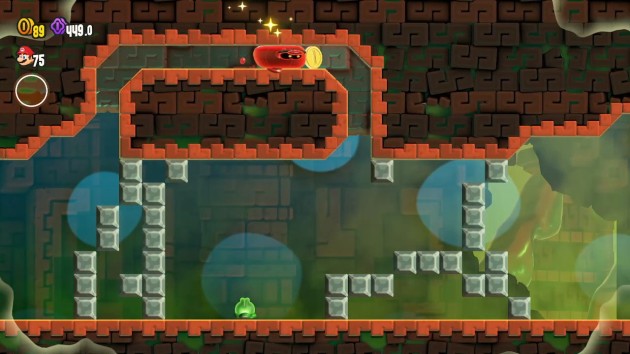


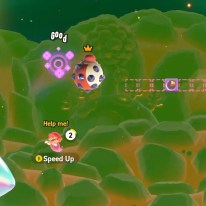
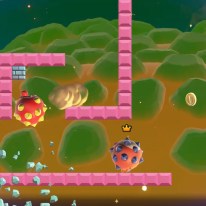
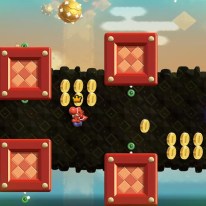
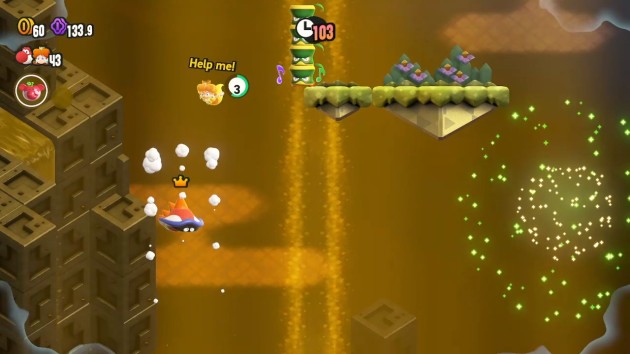
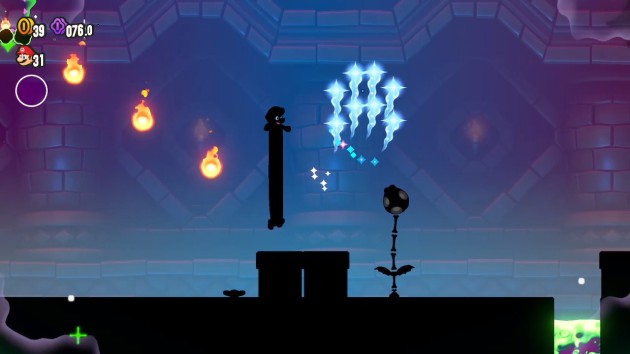

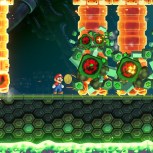
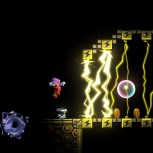



You must be logged in to post a comment.